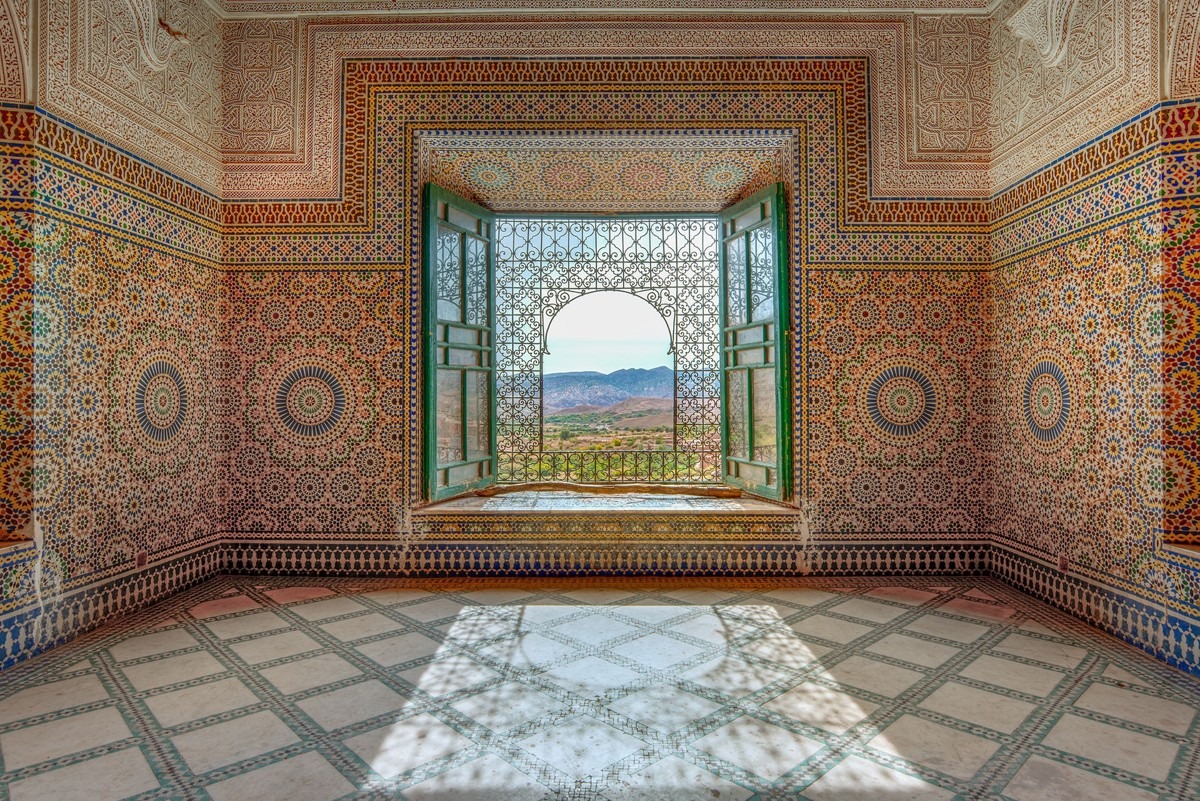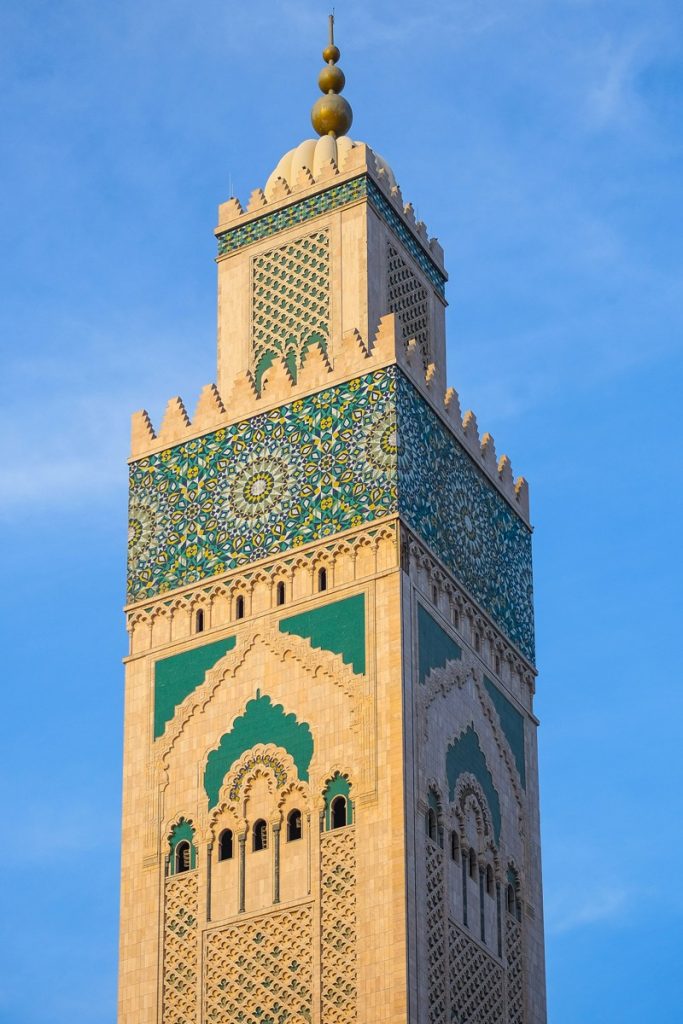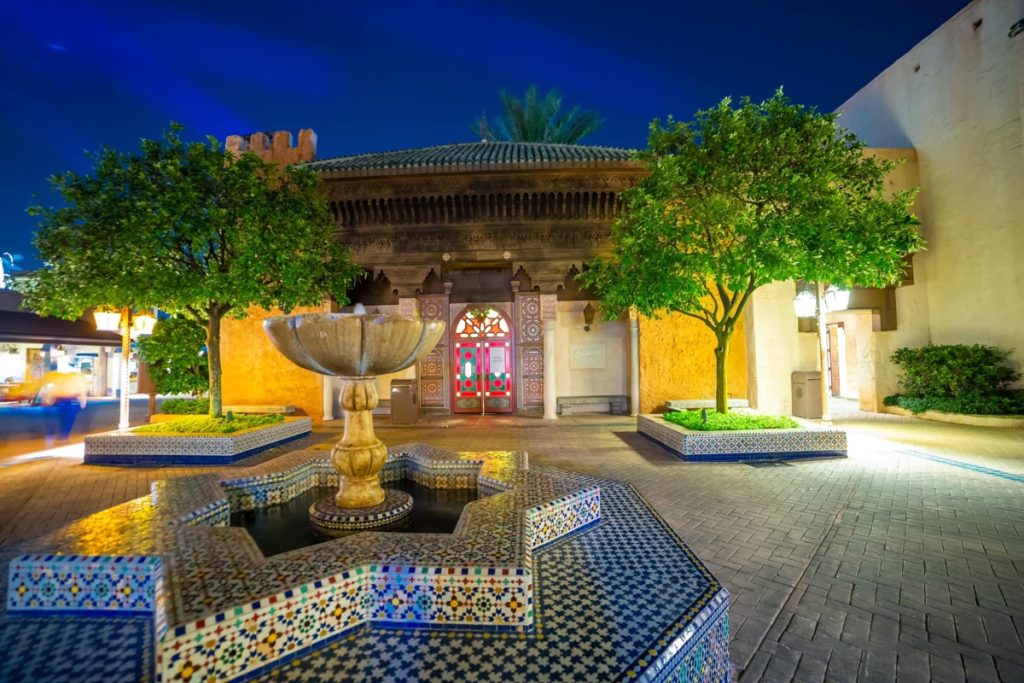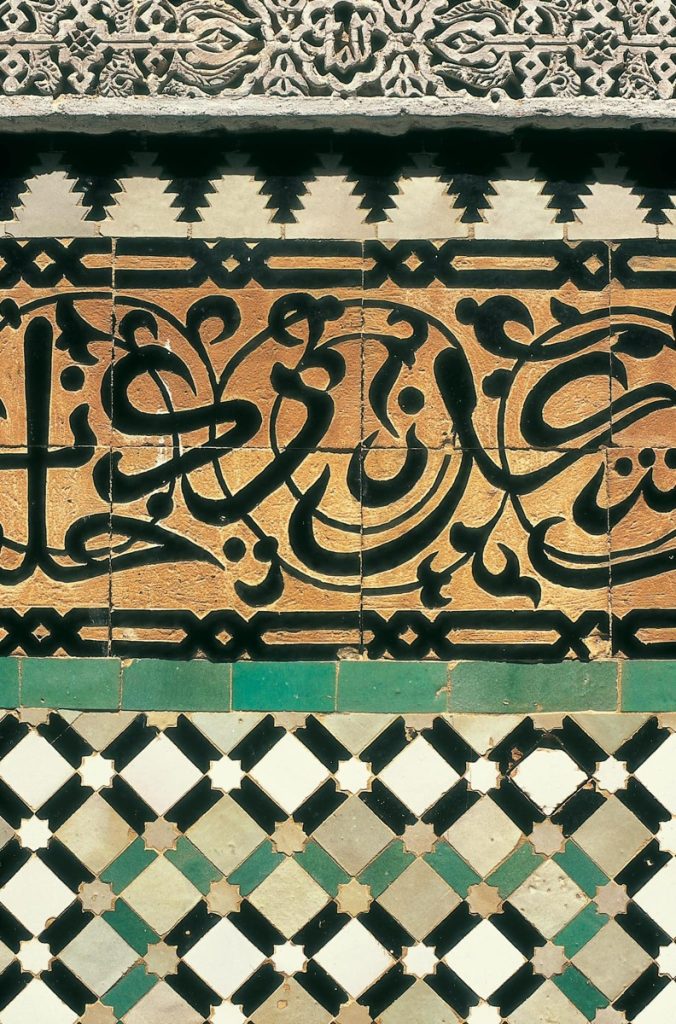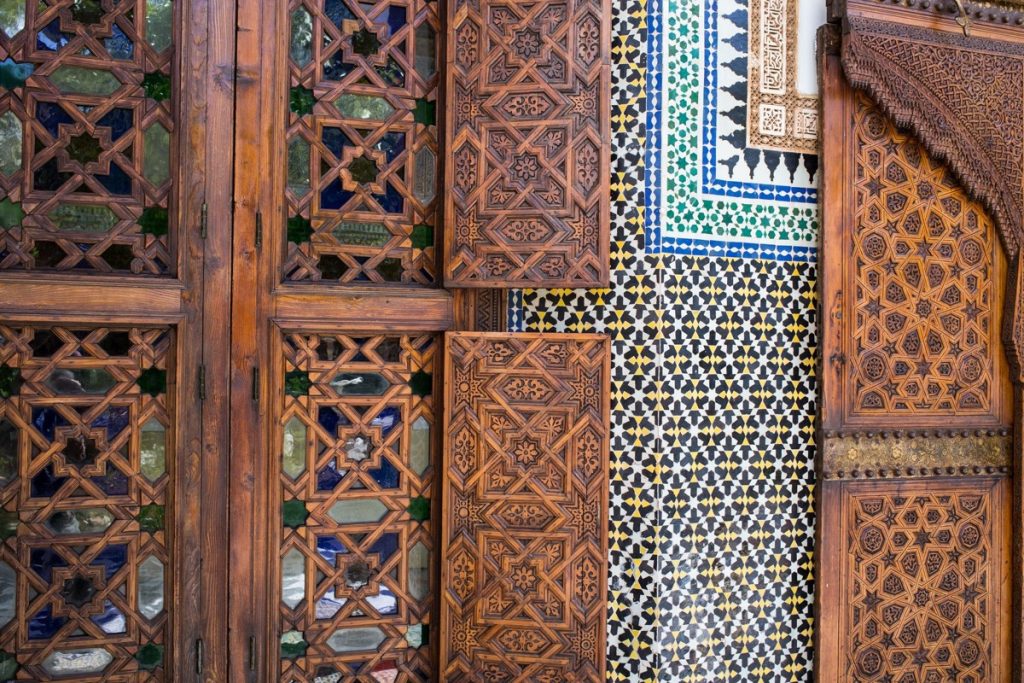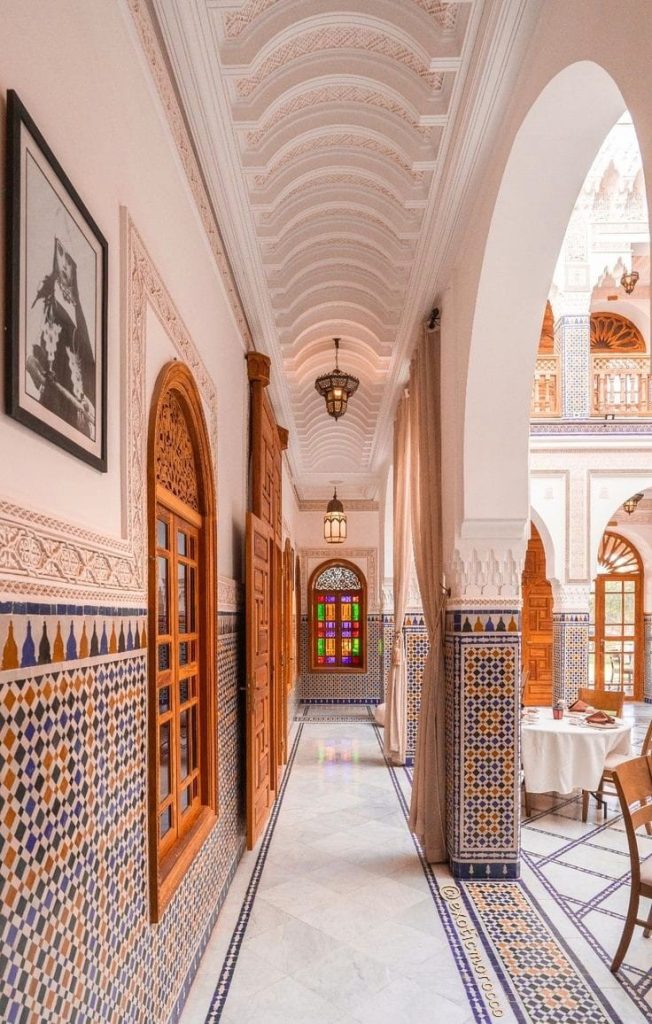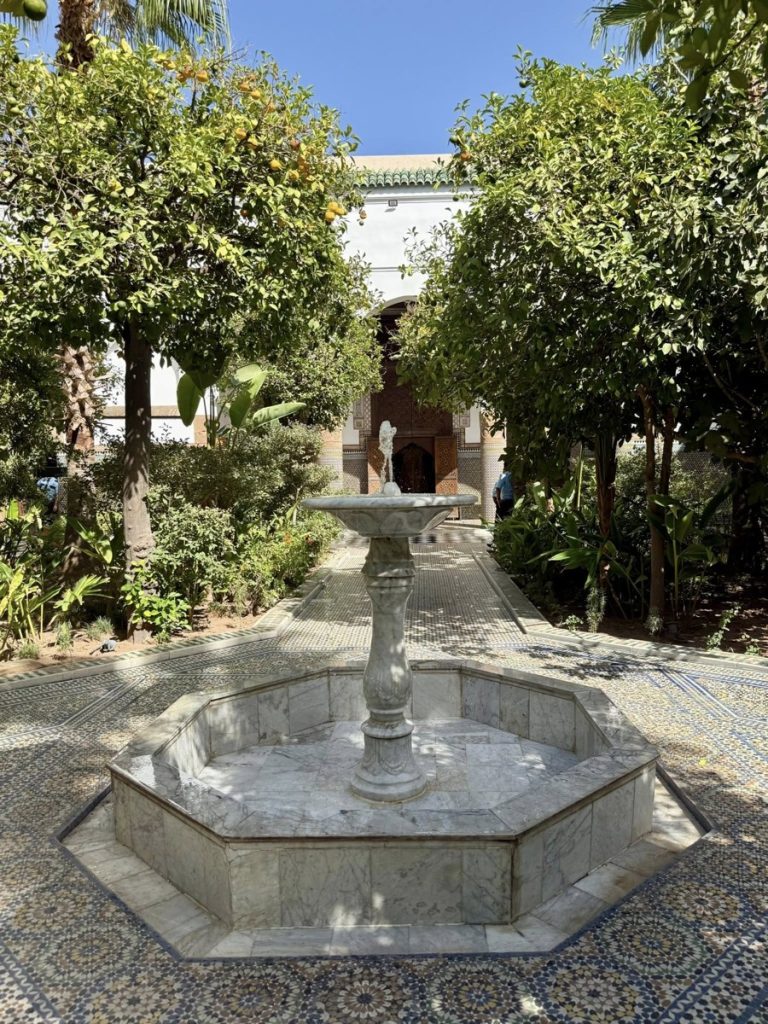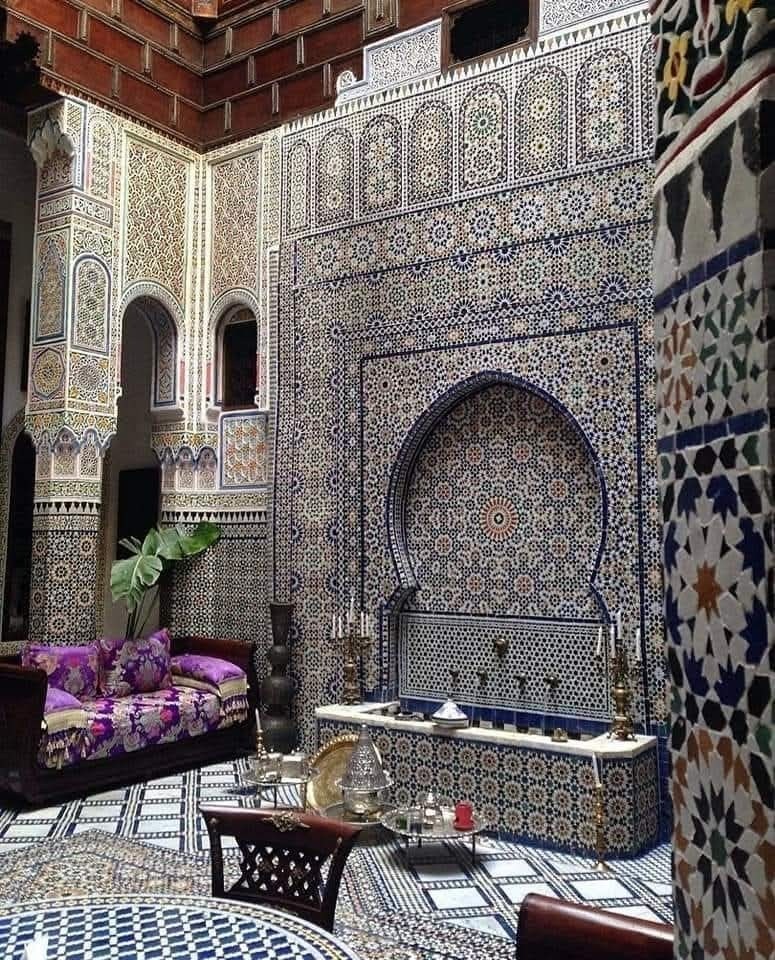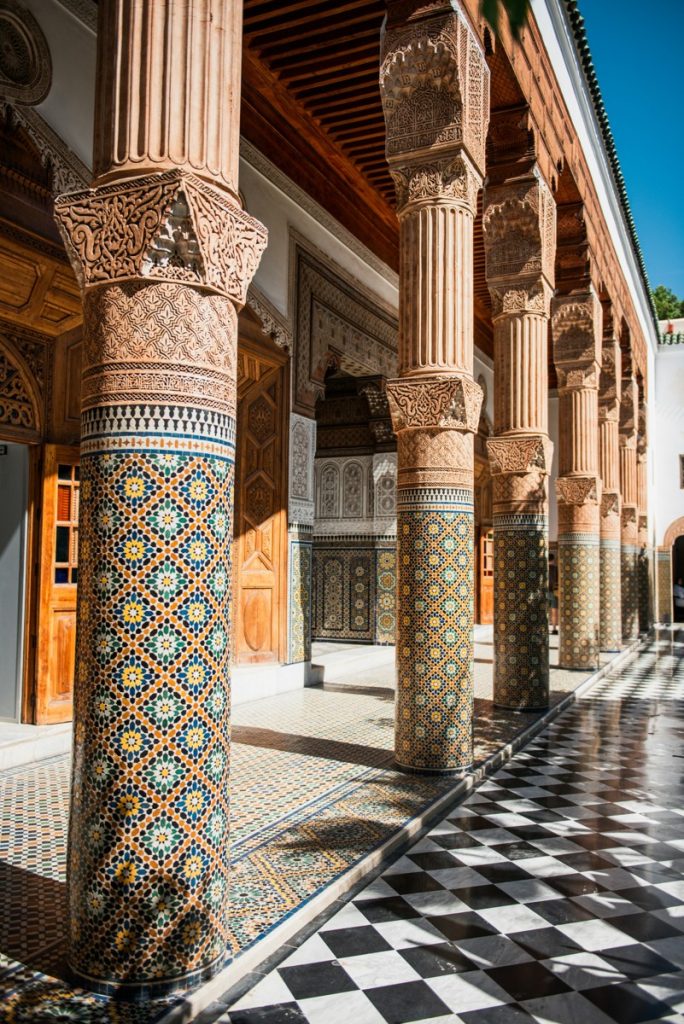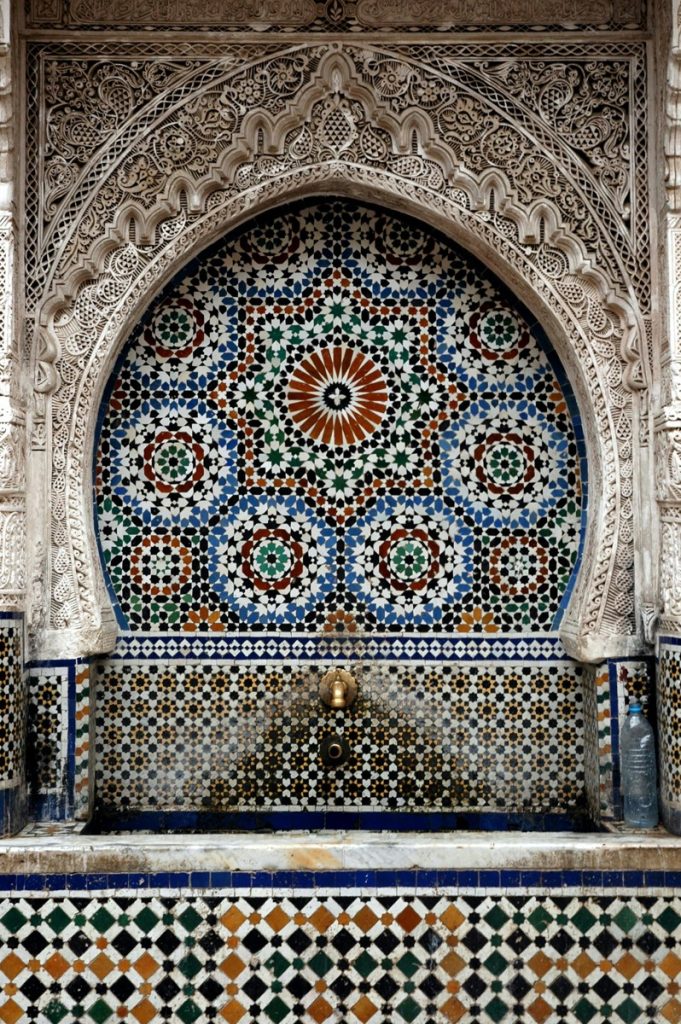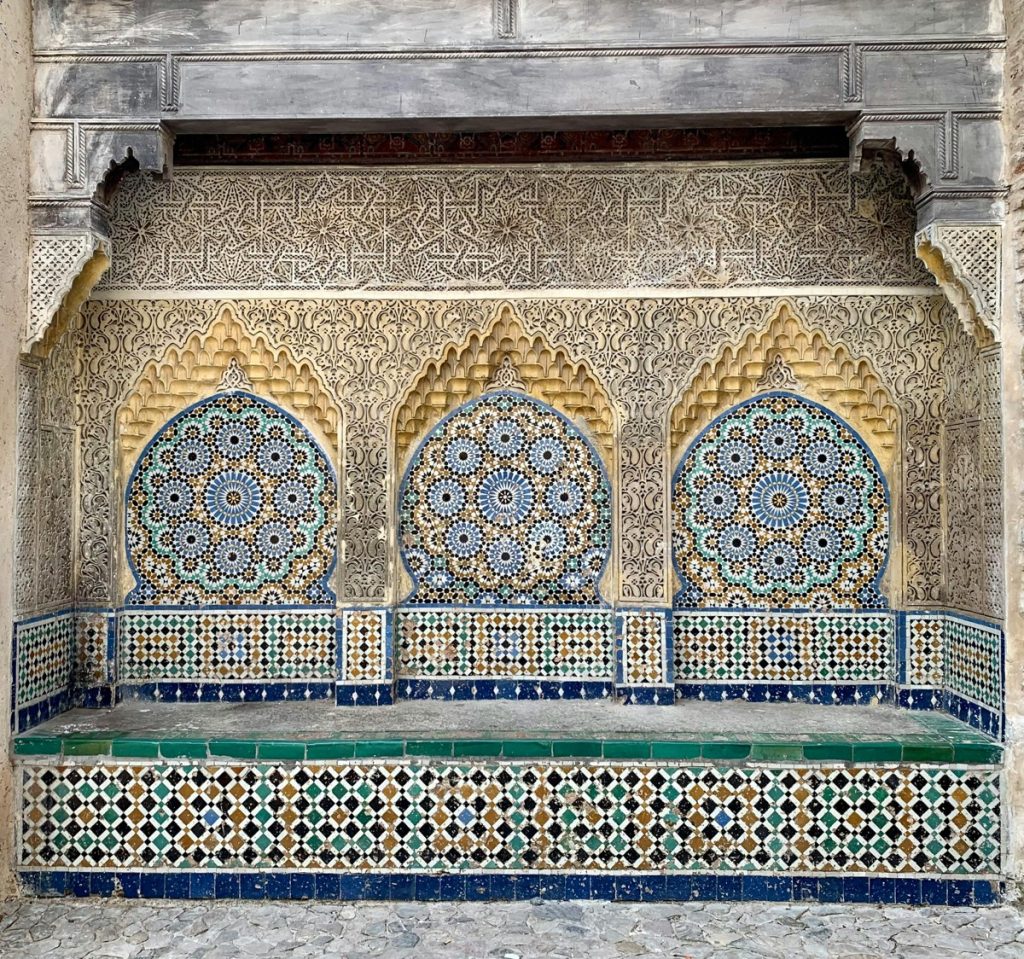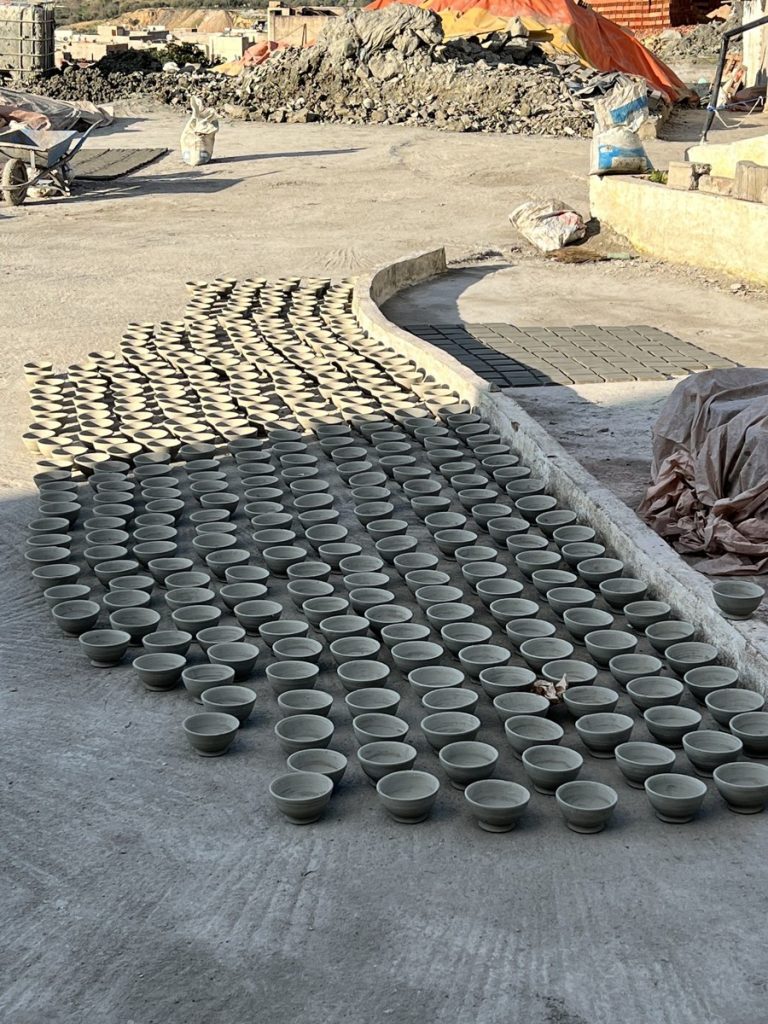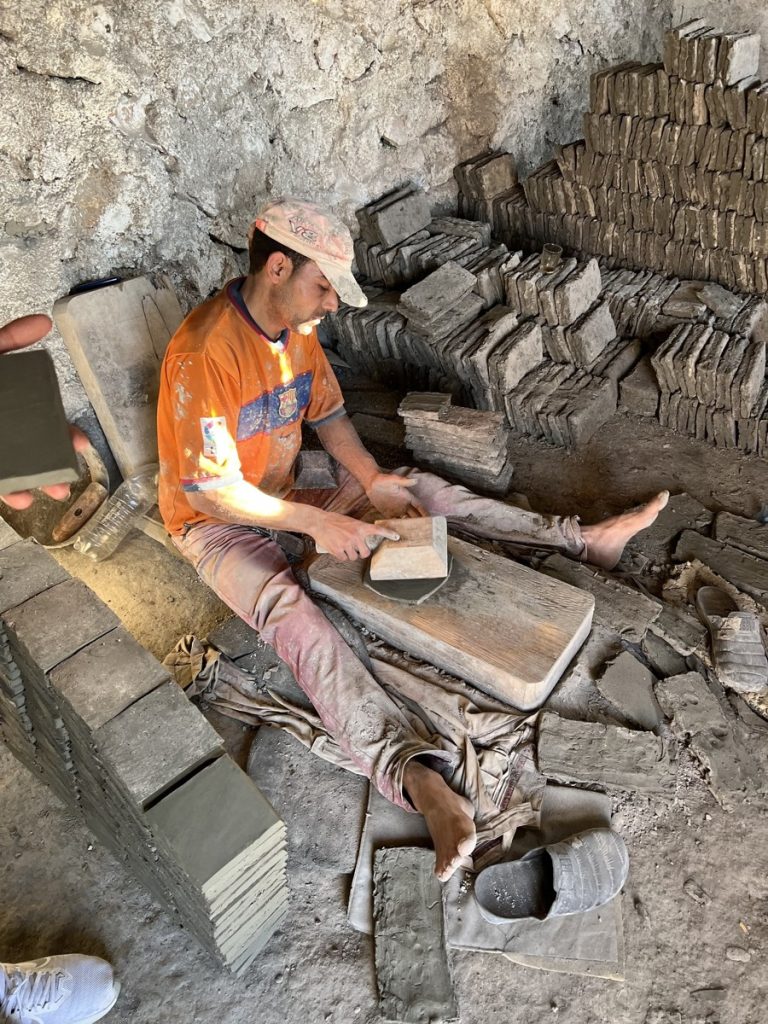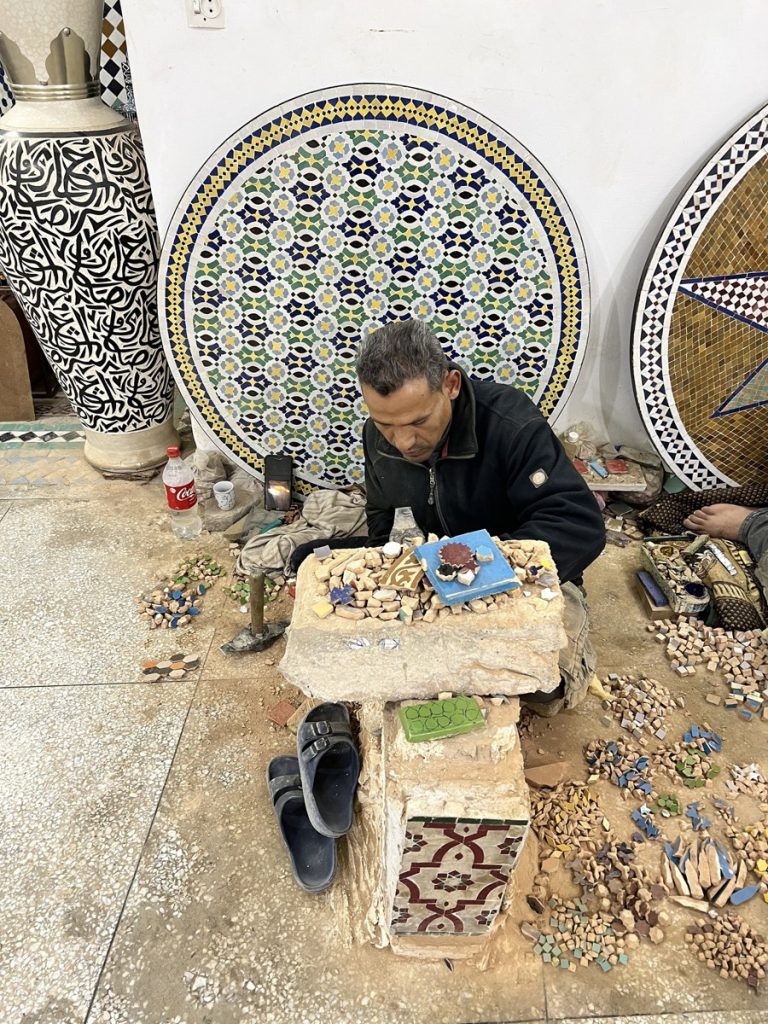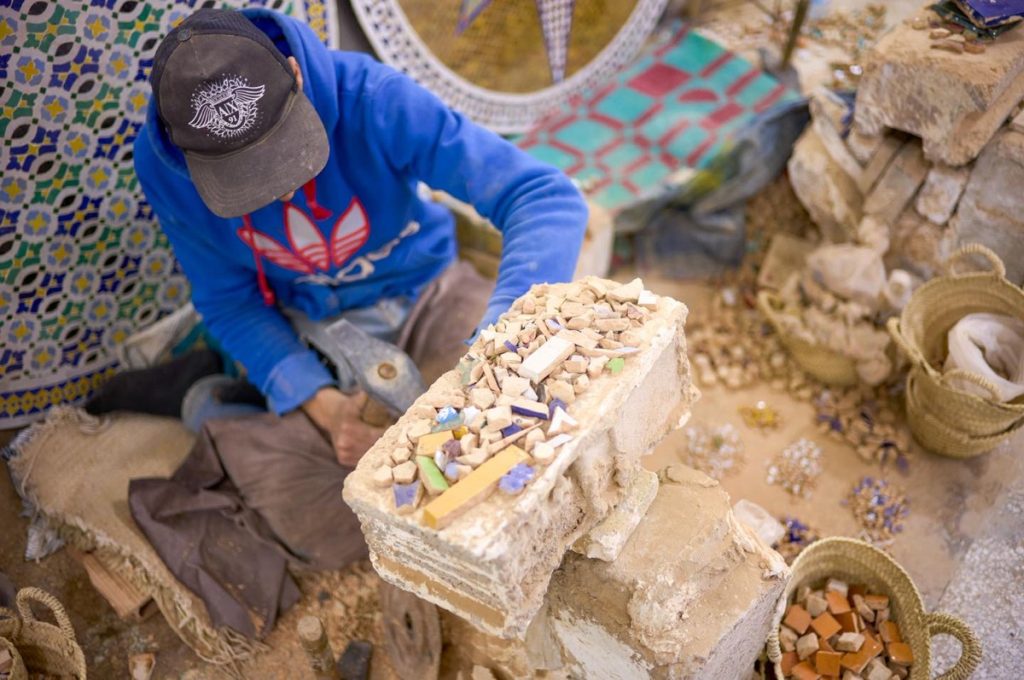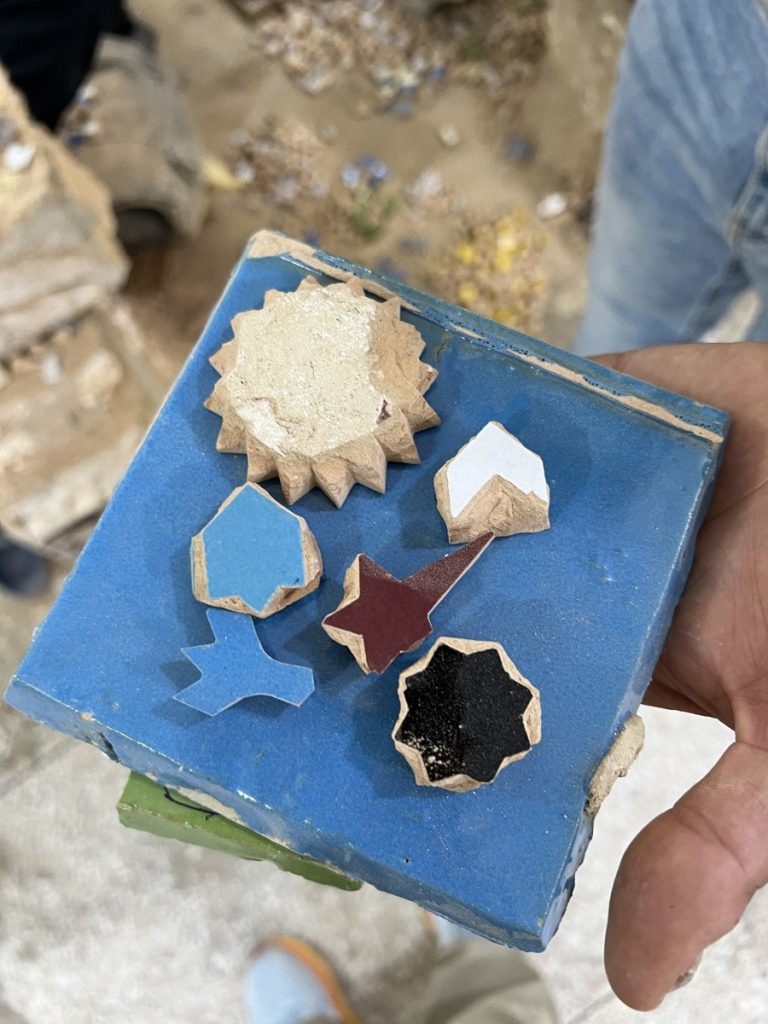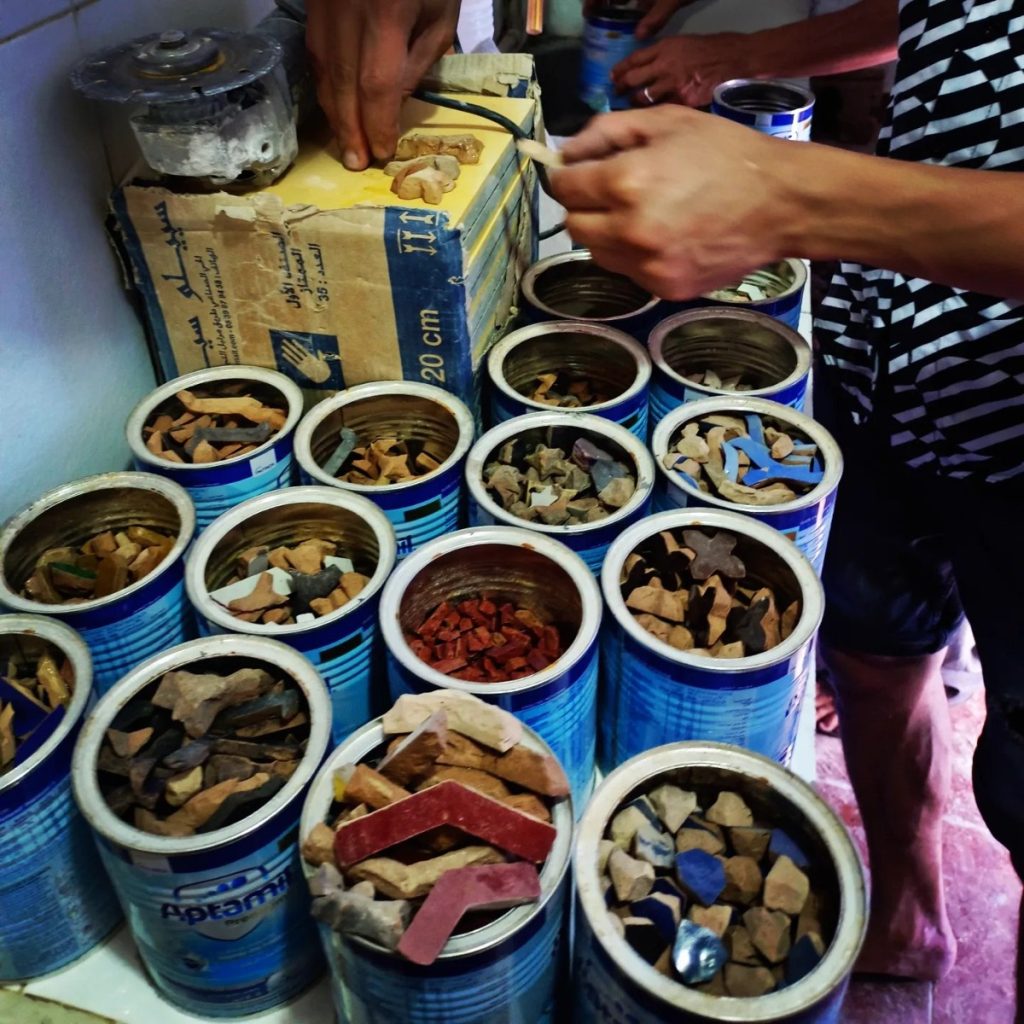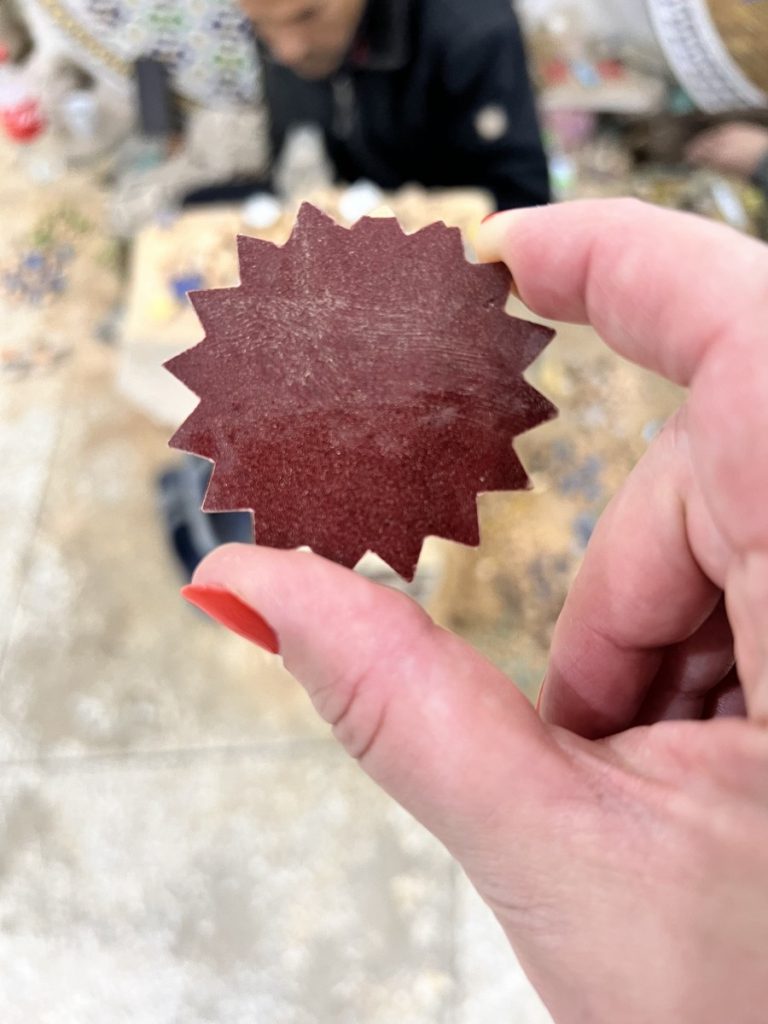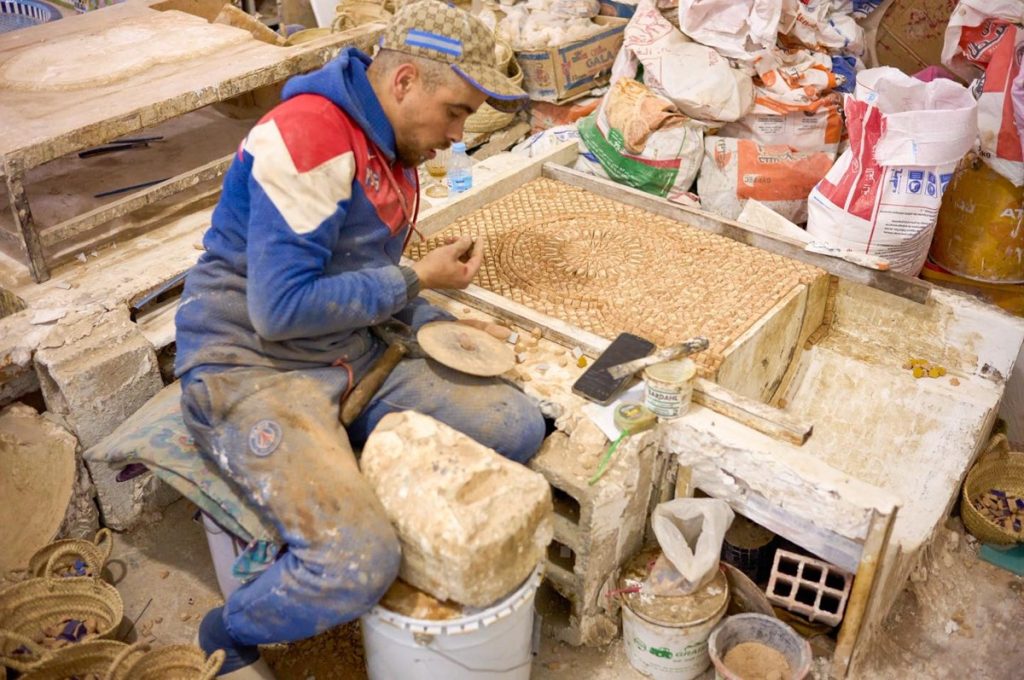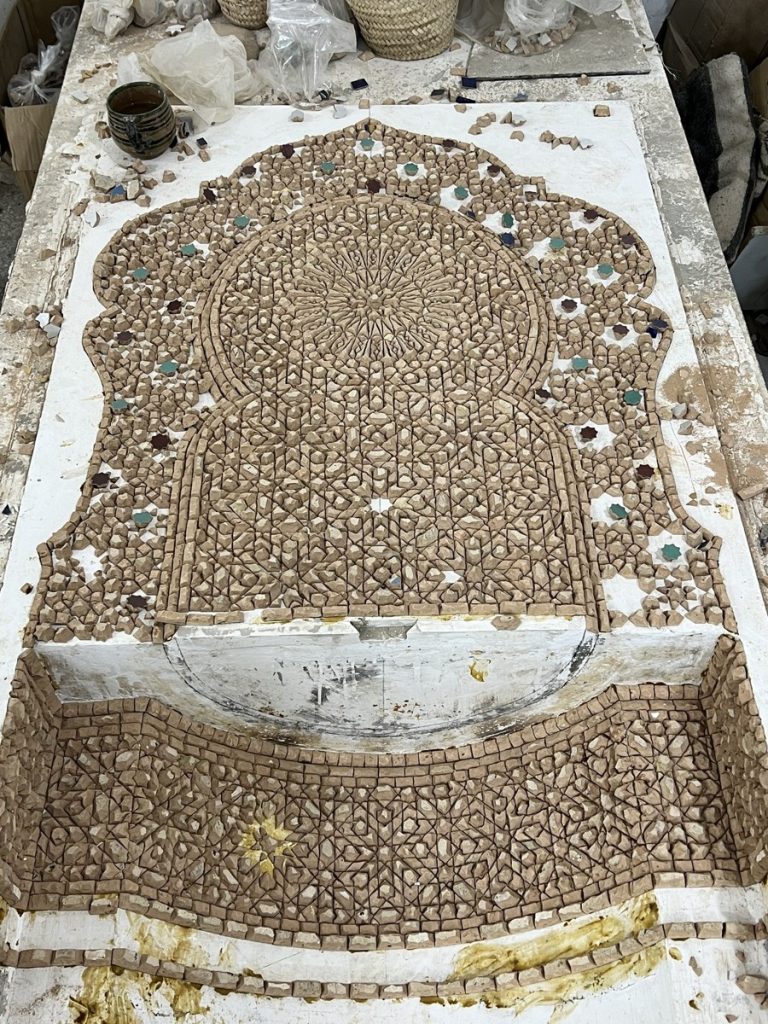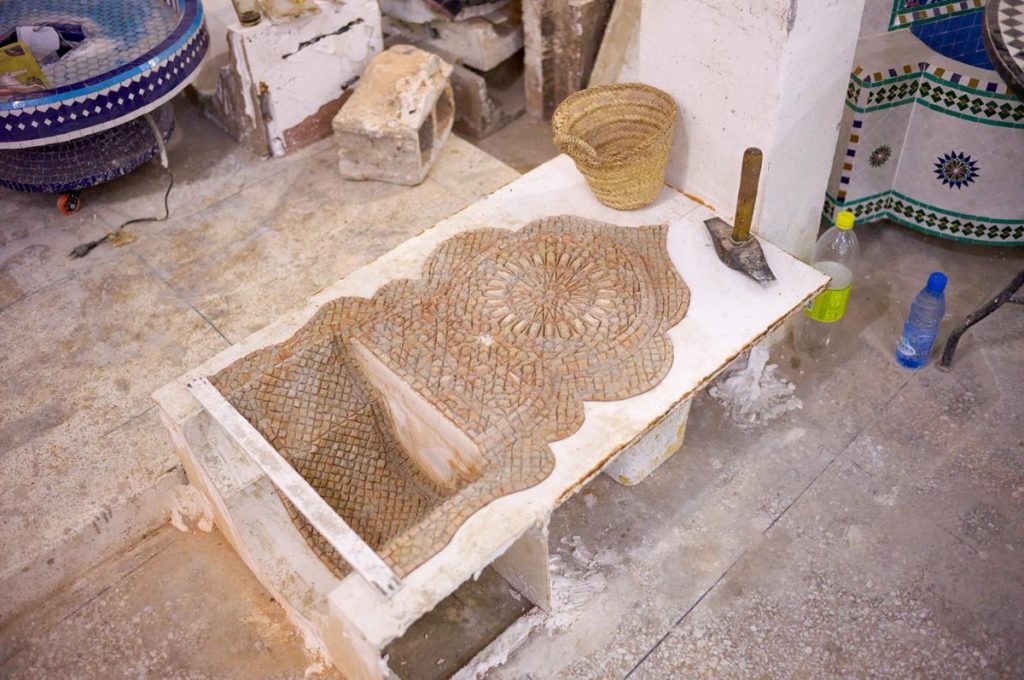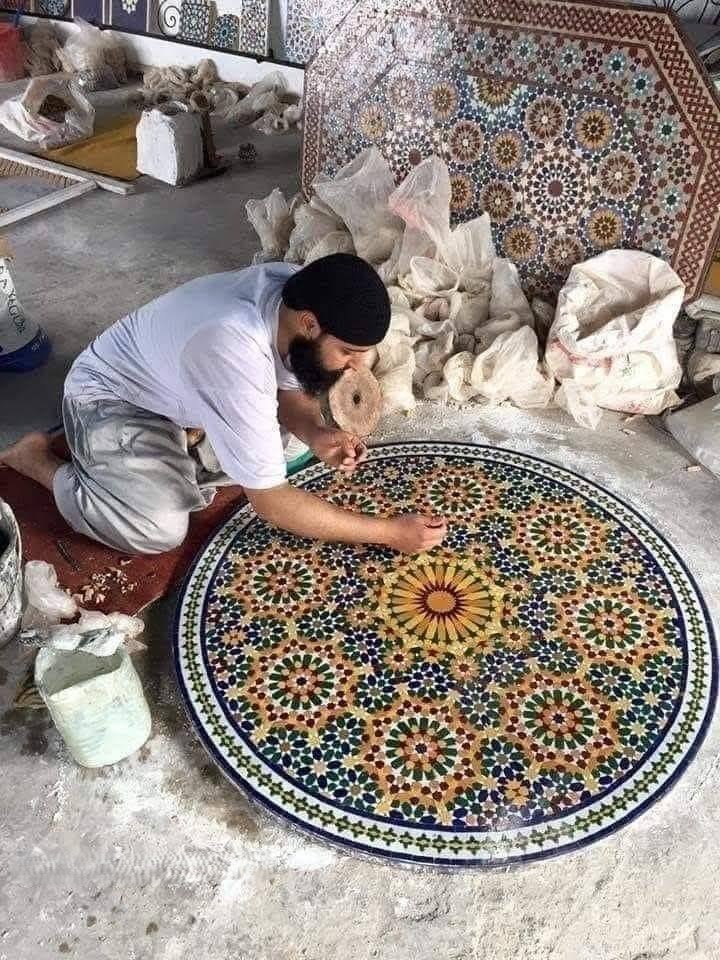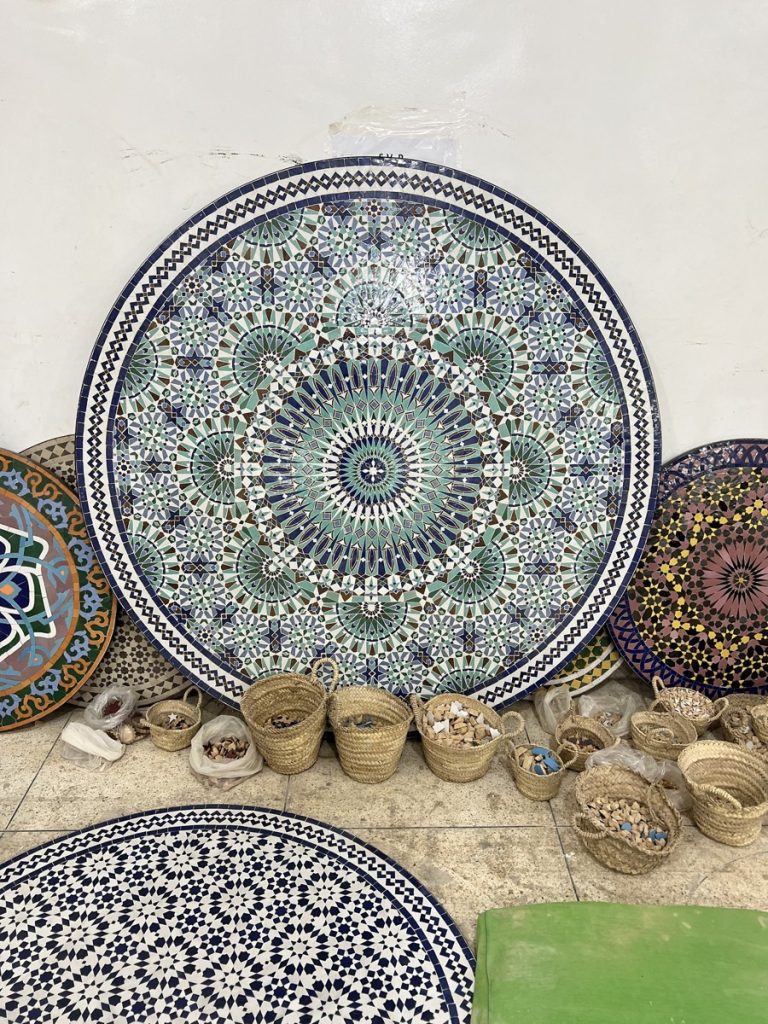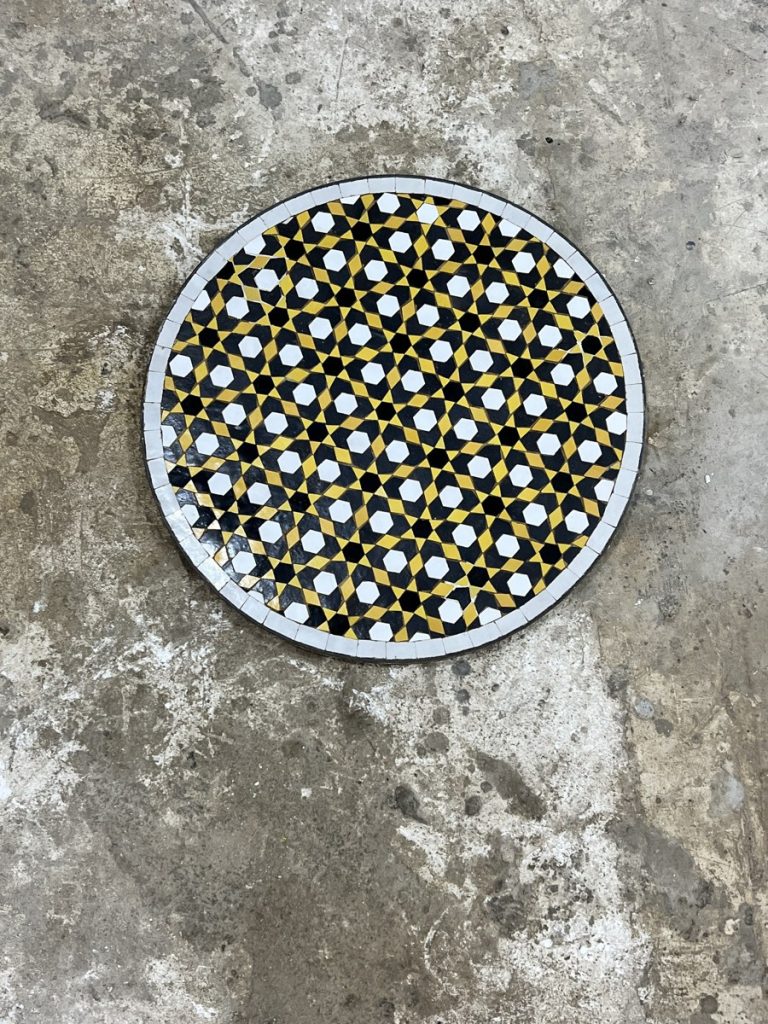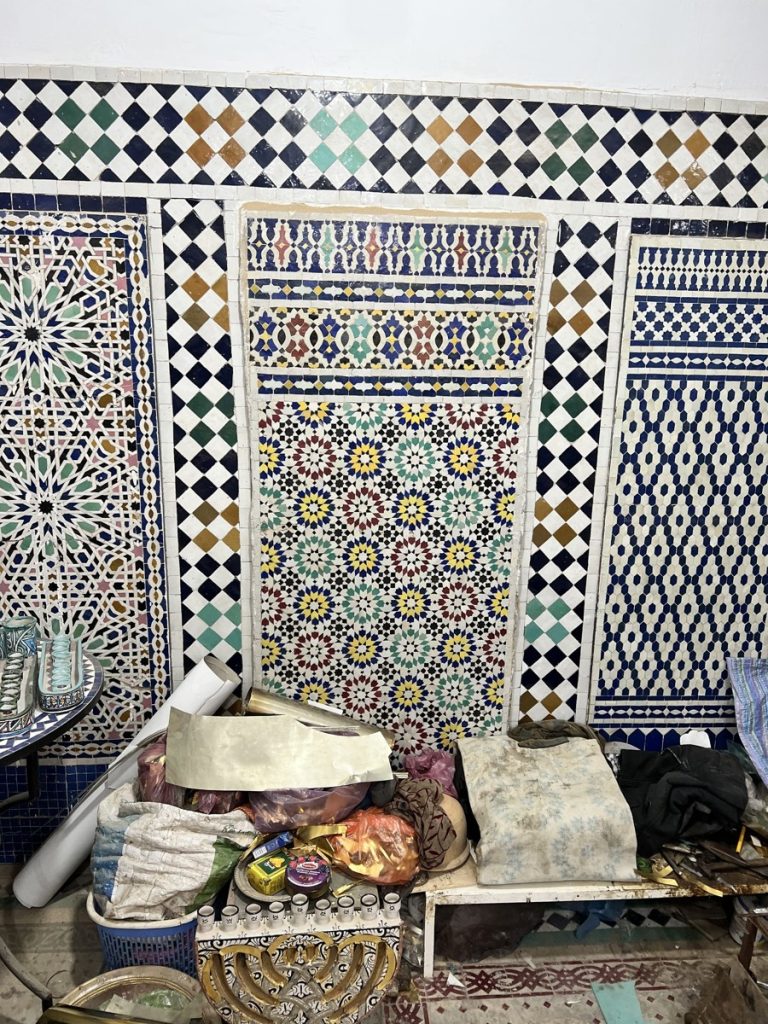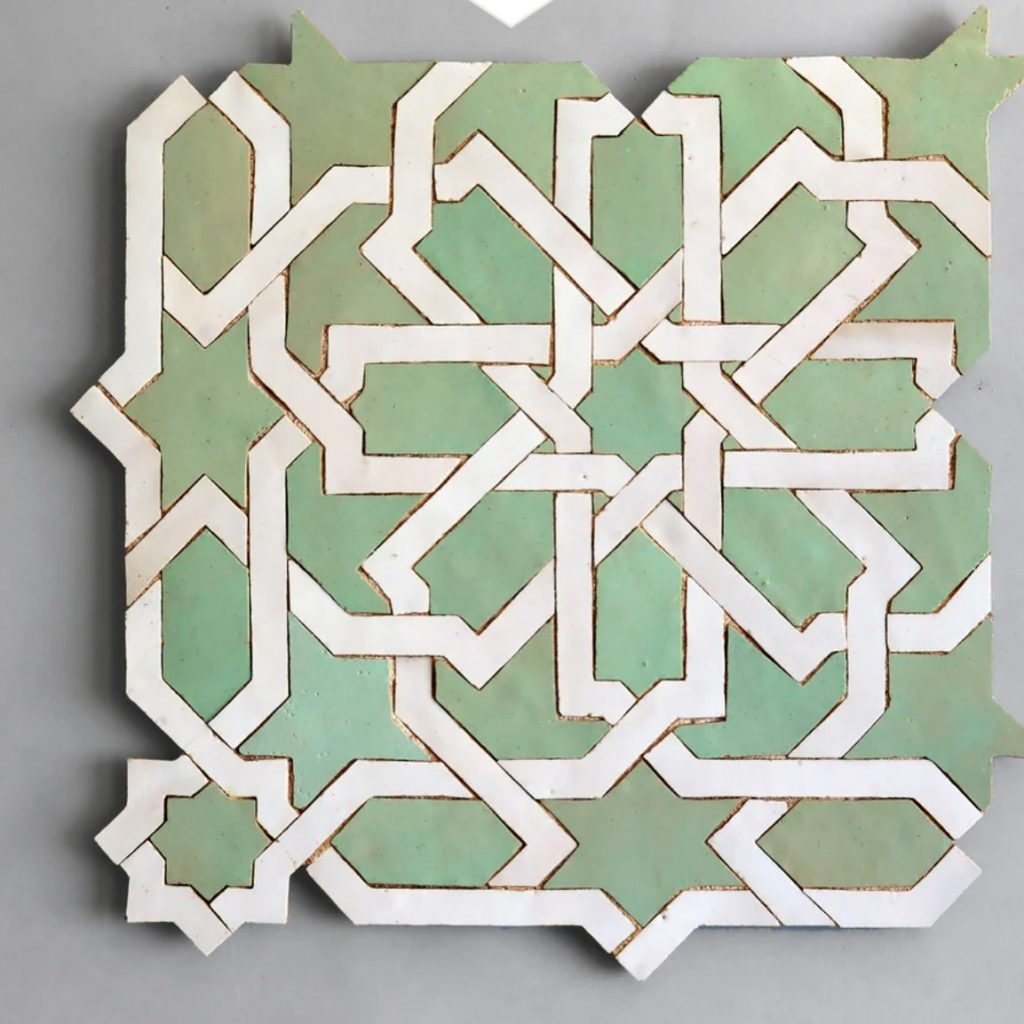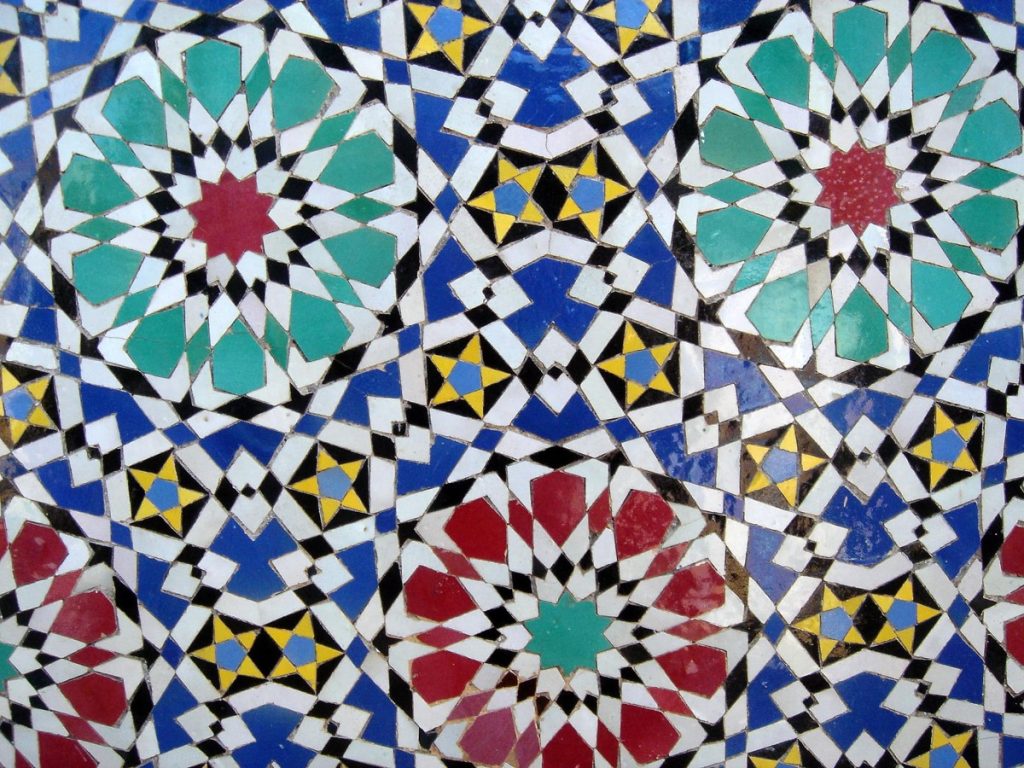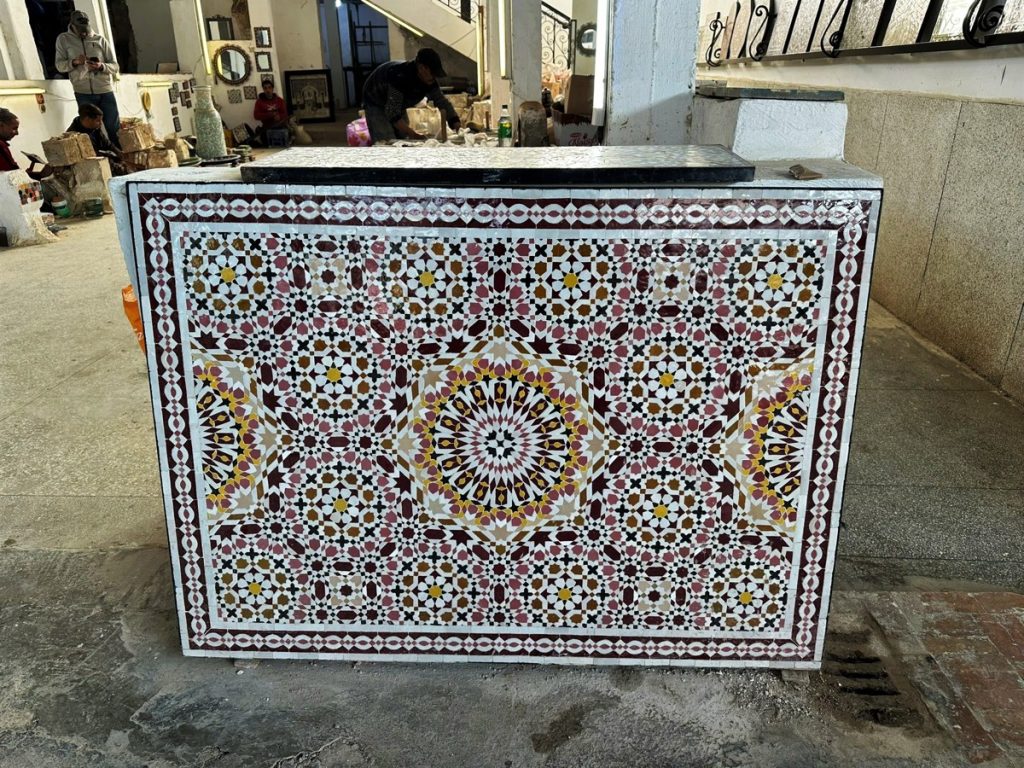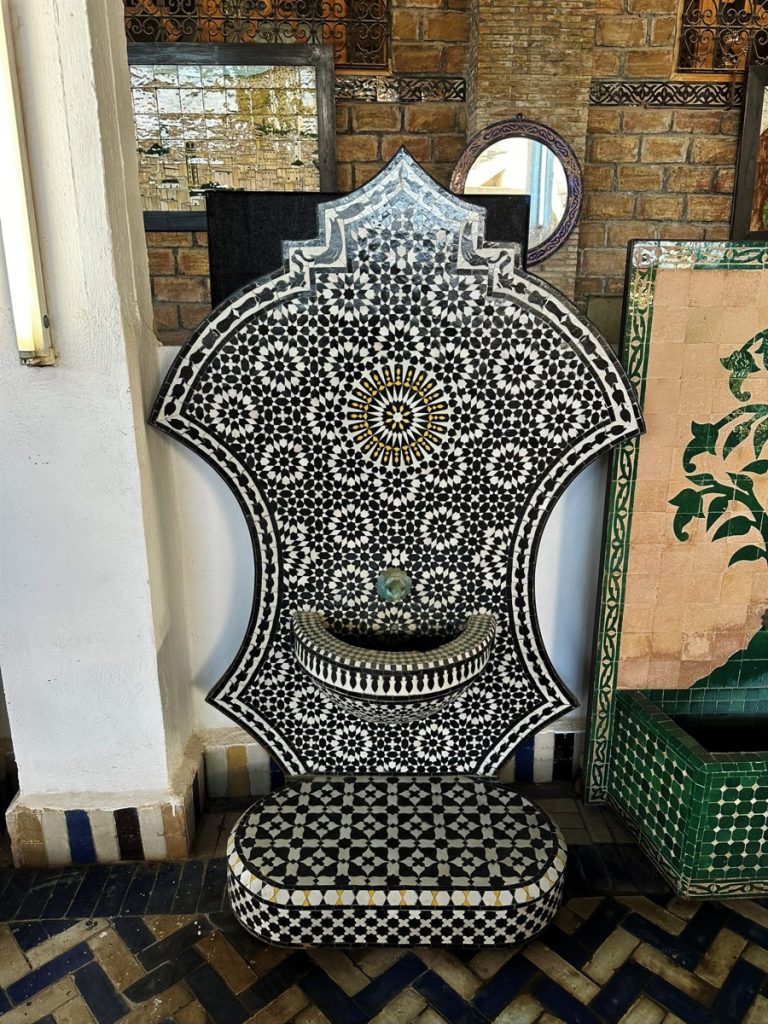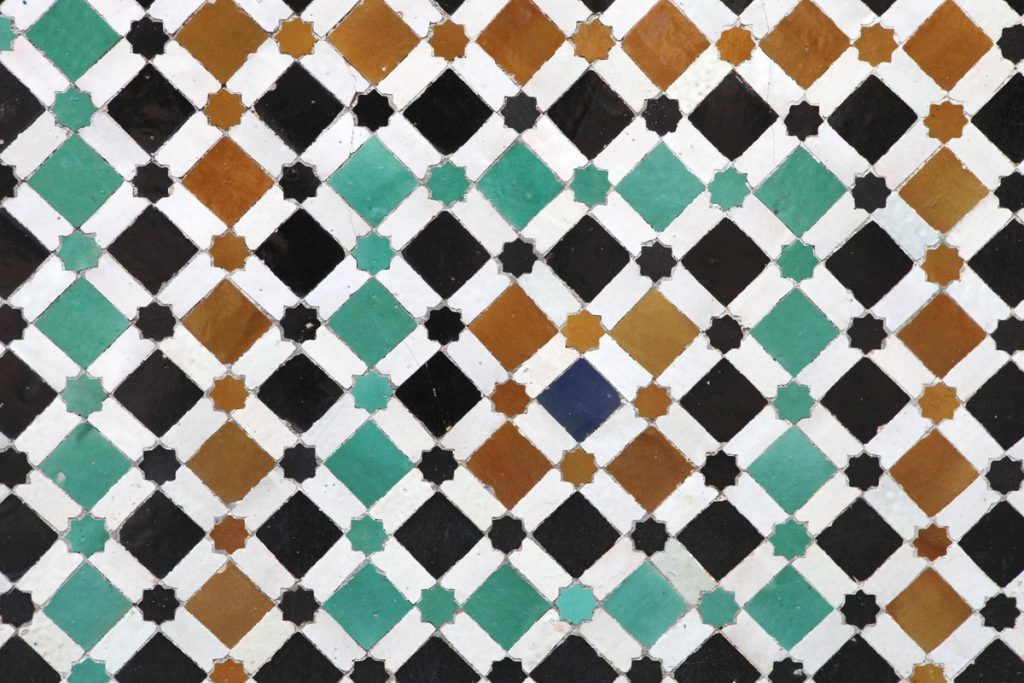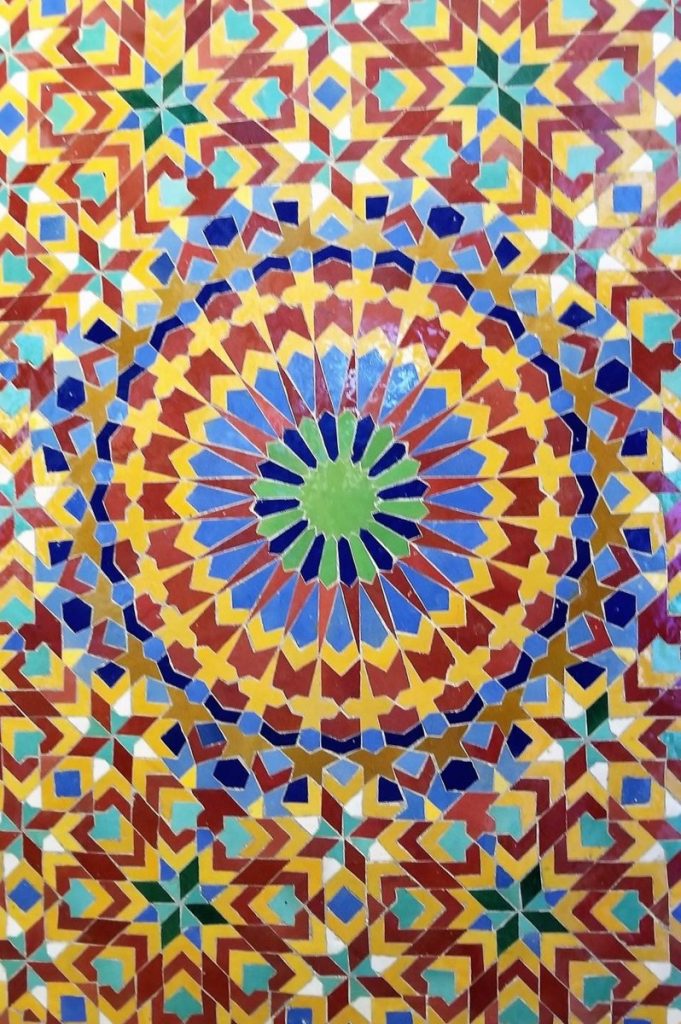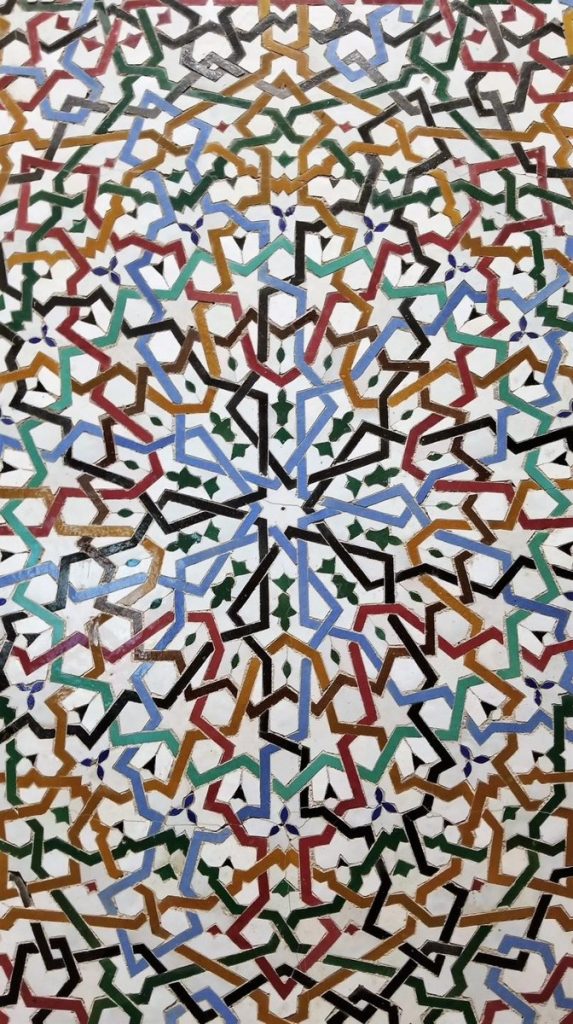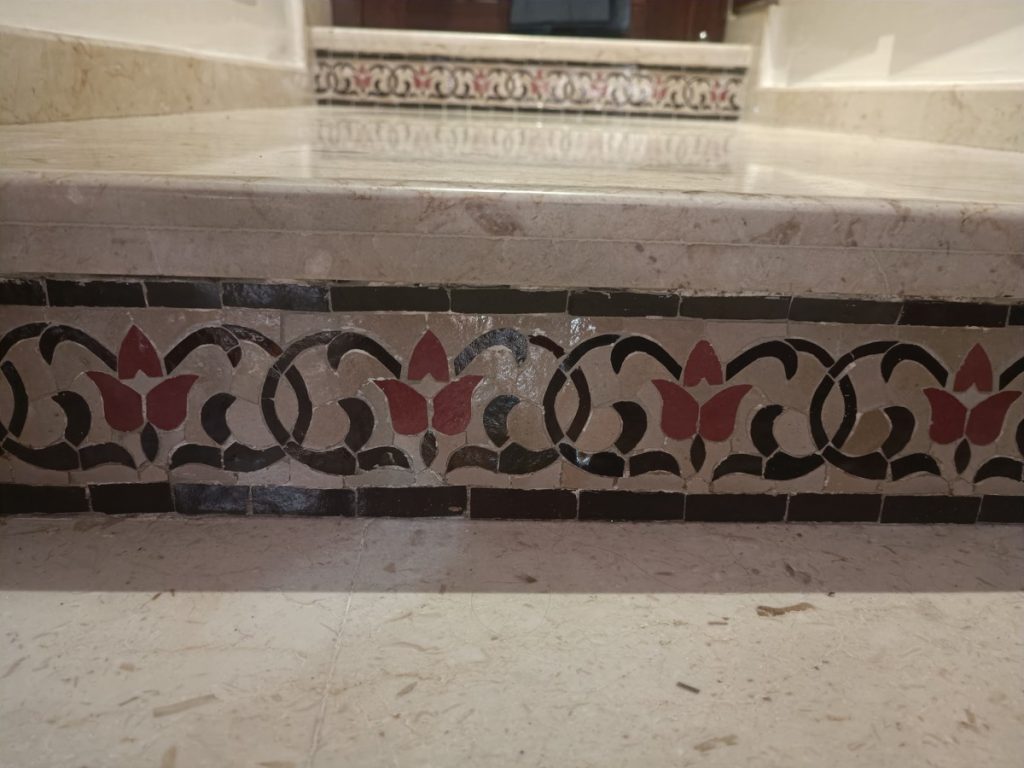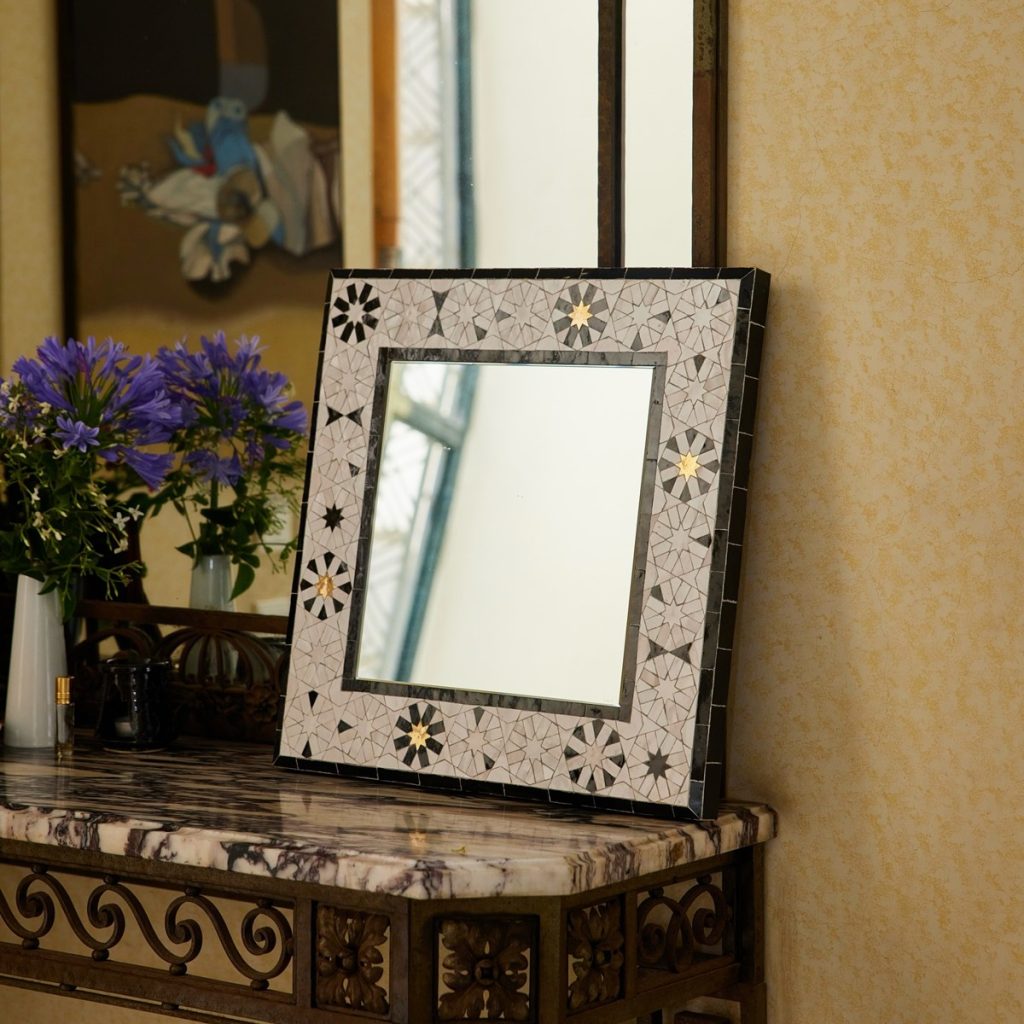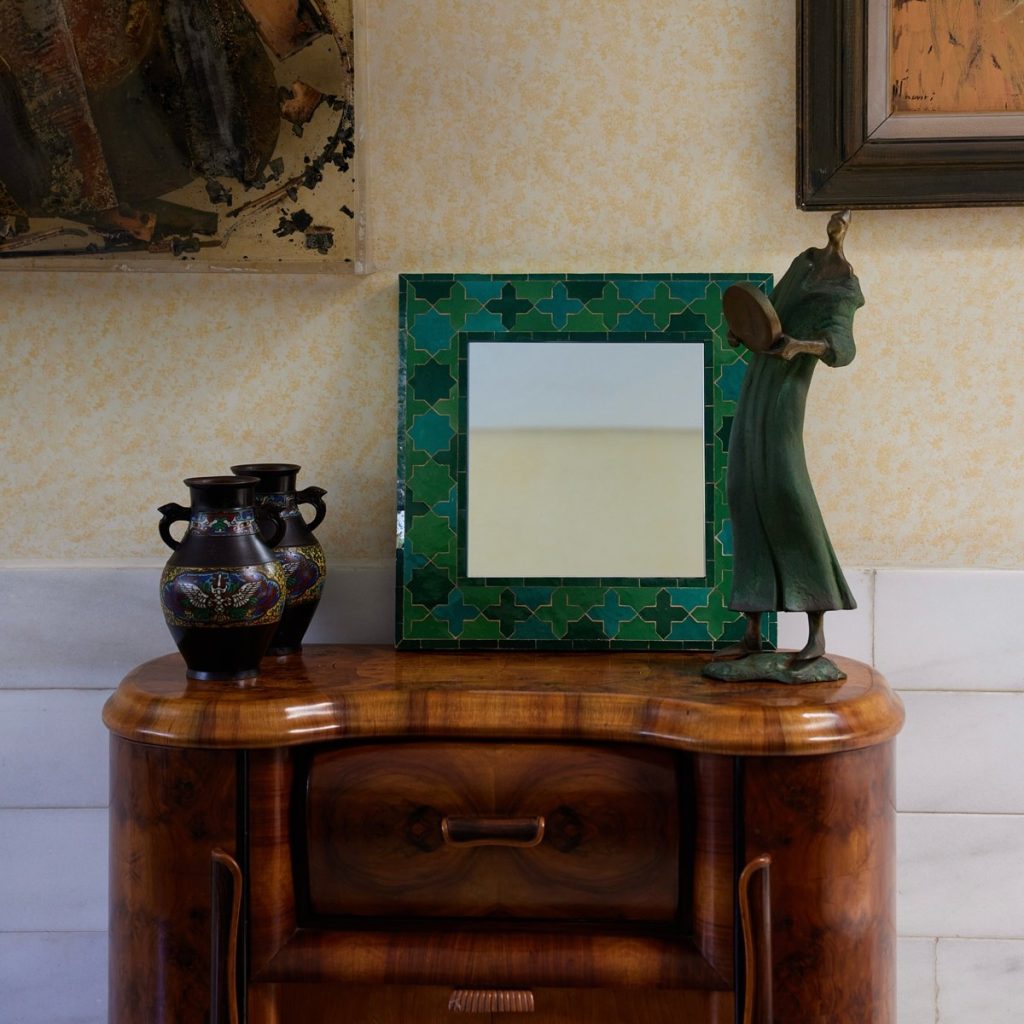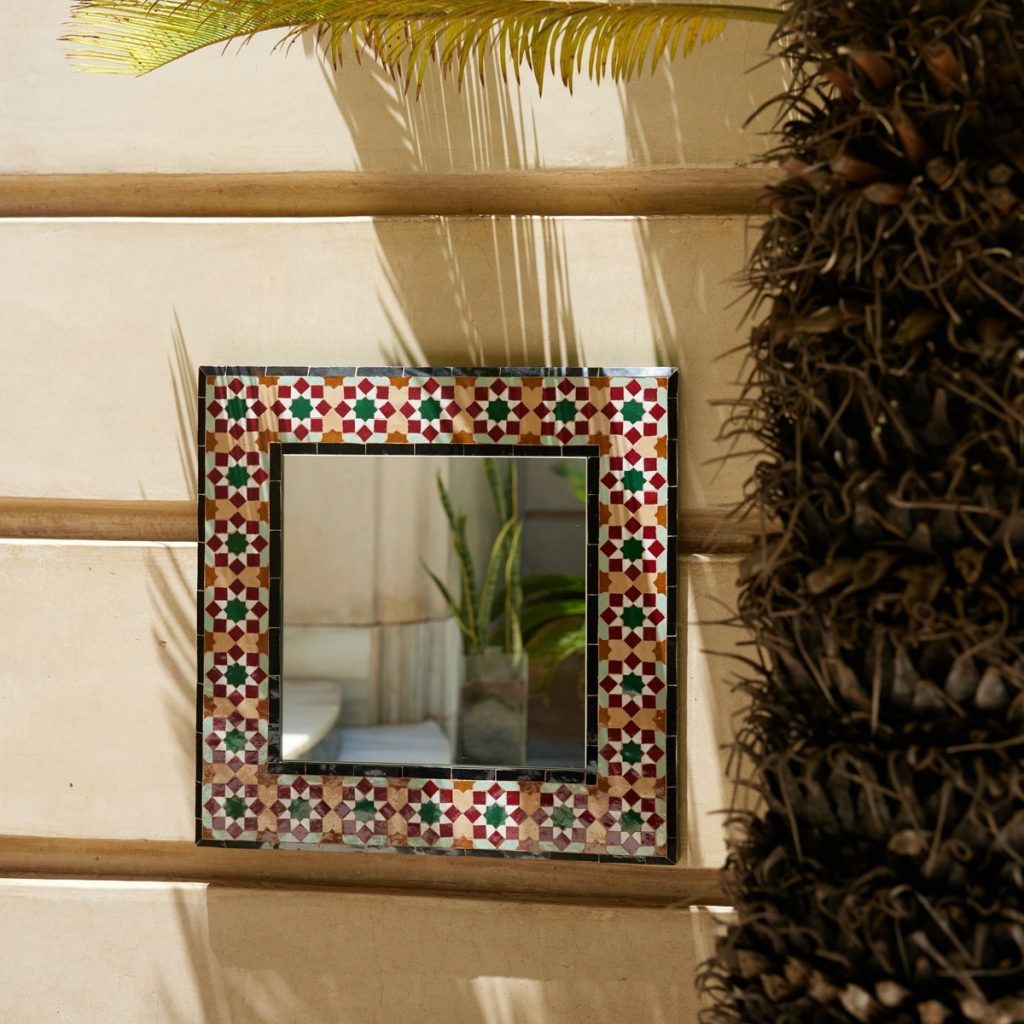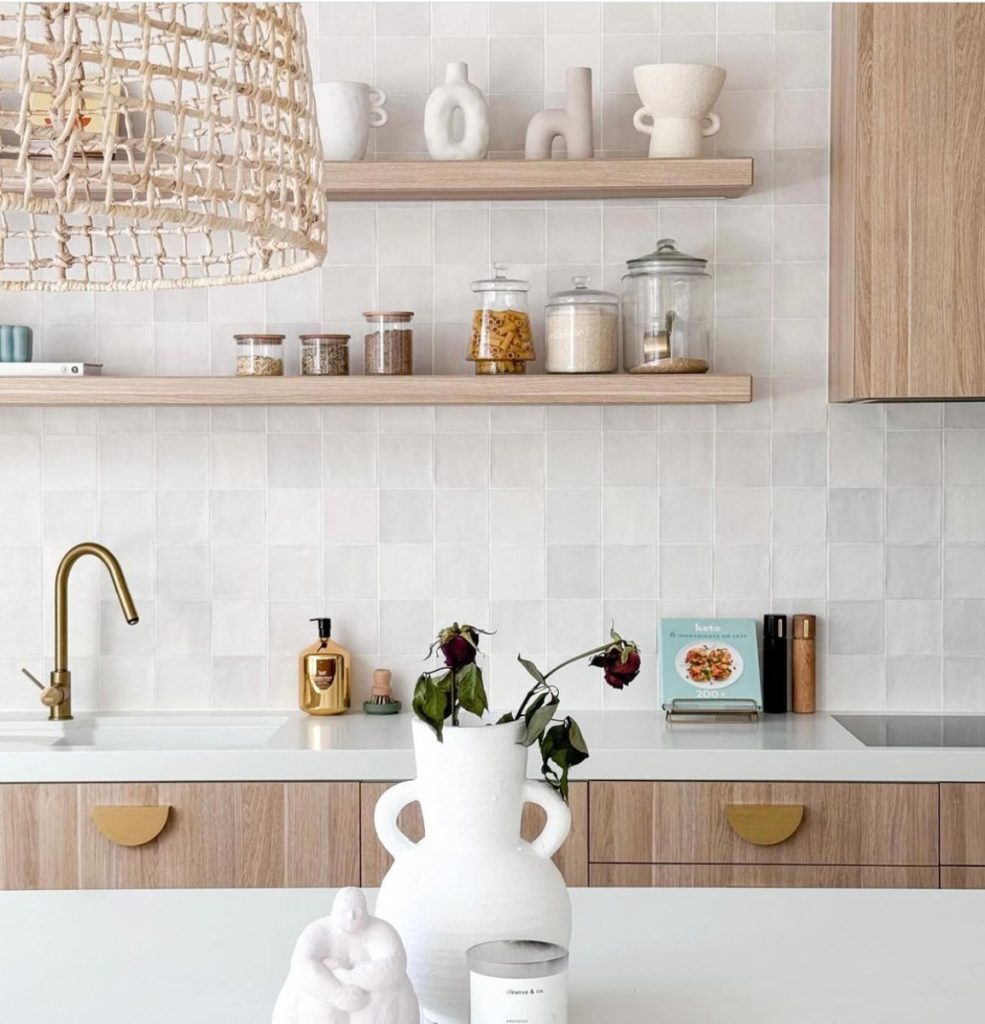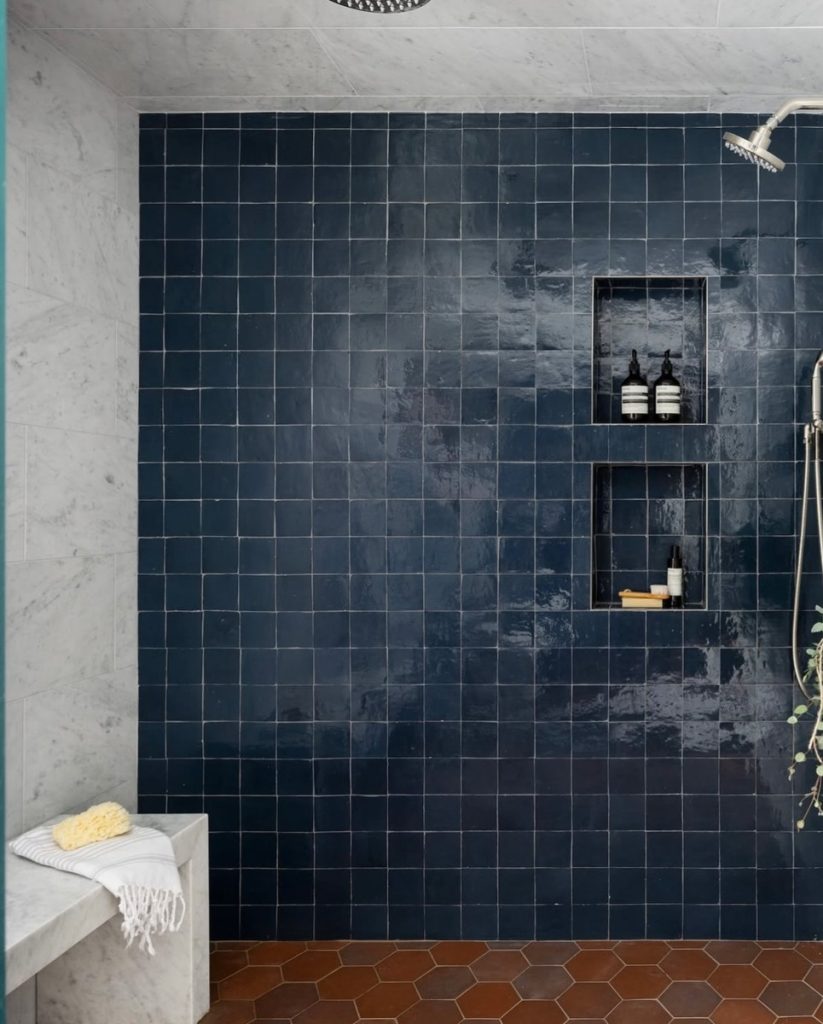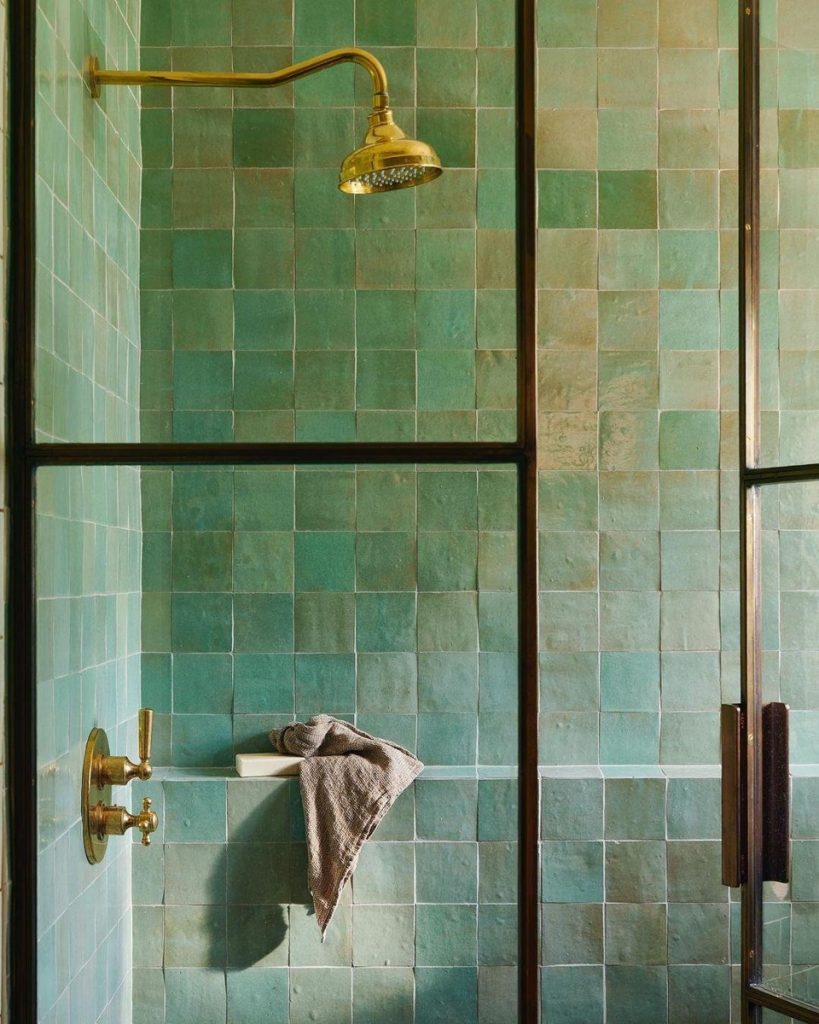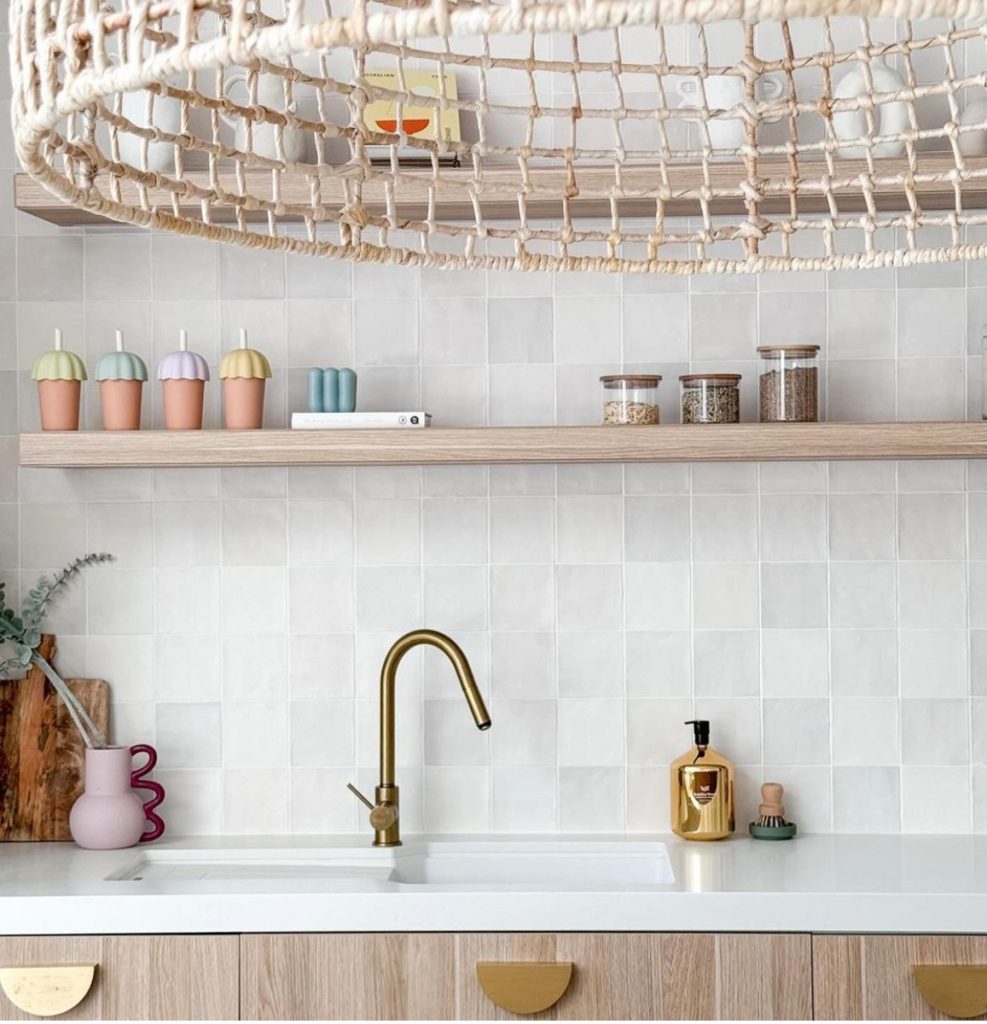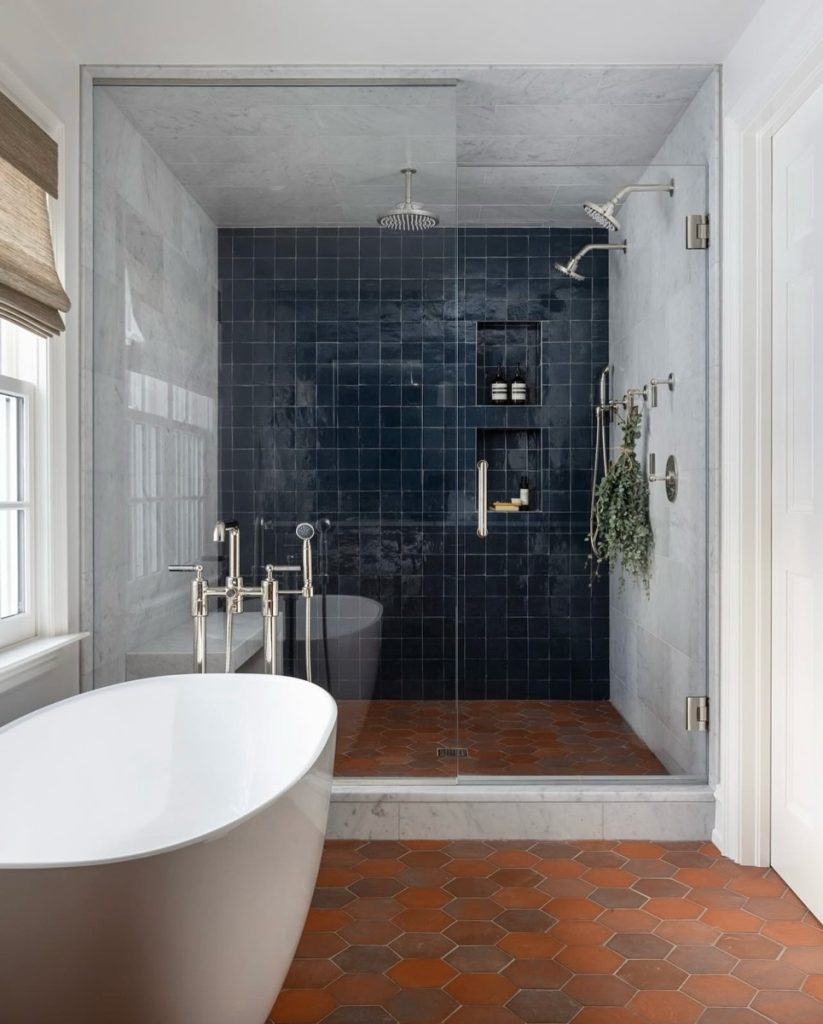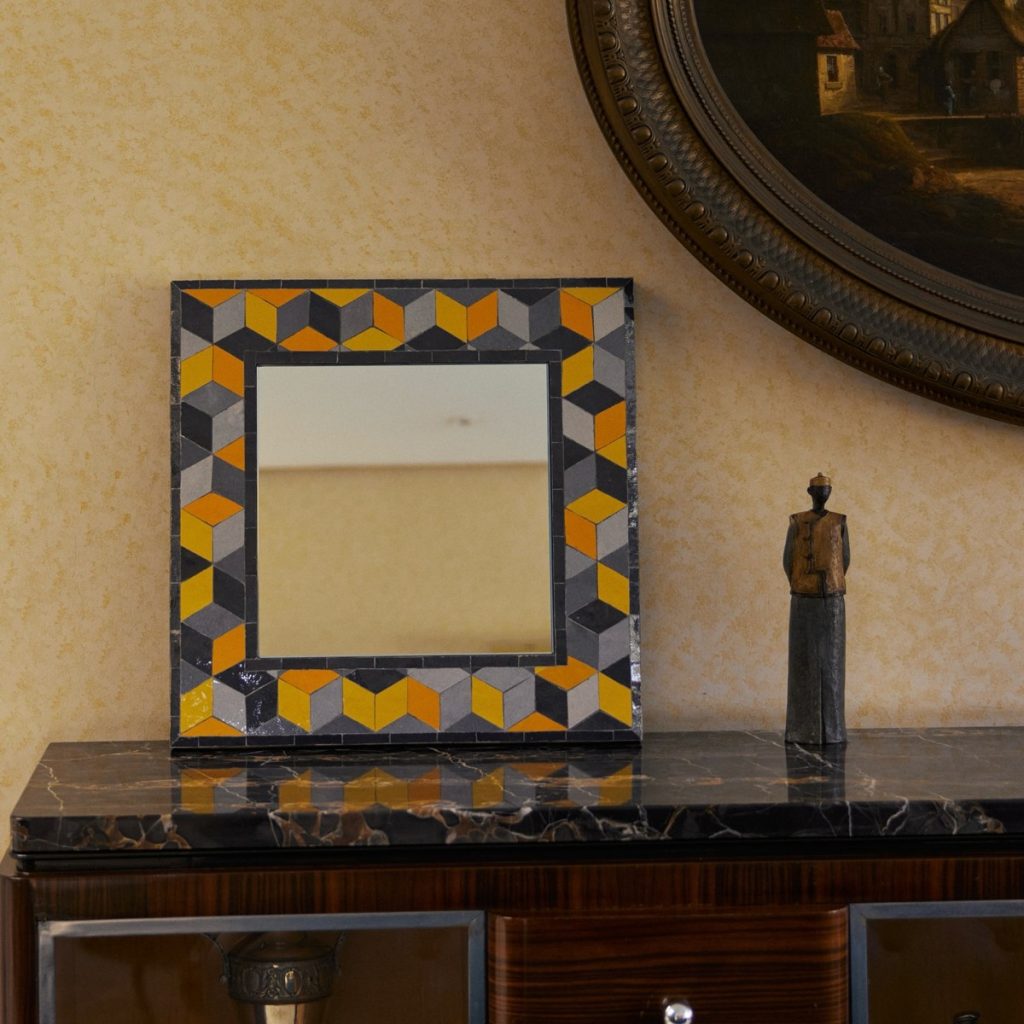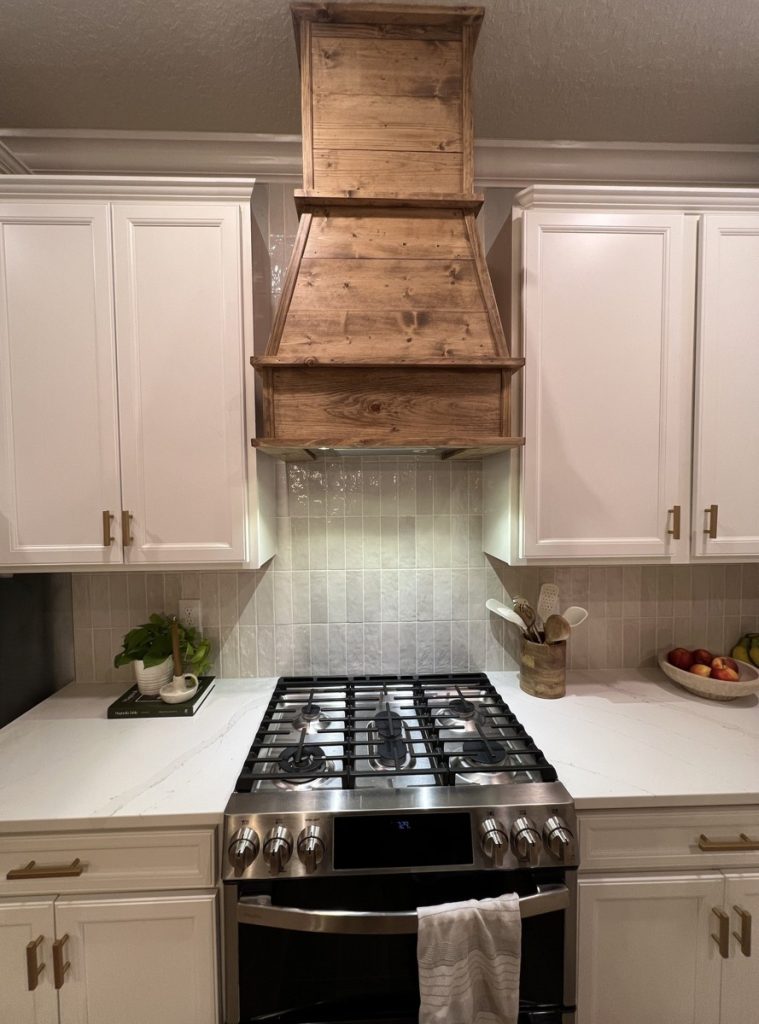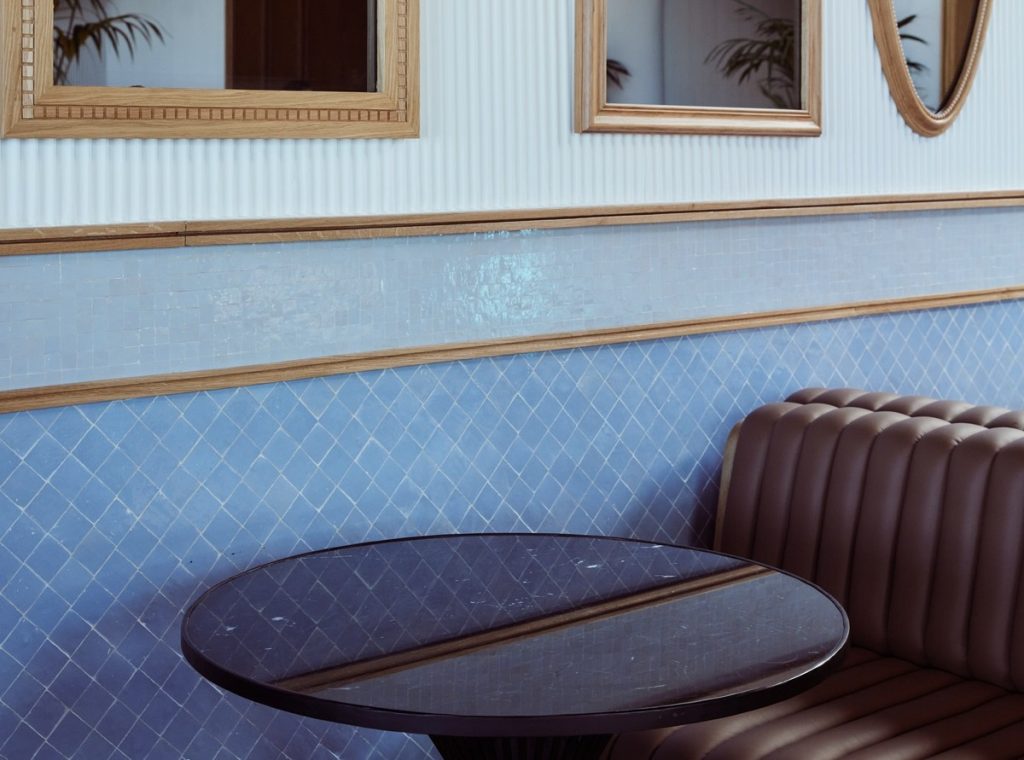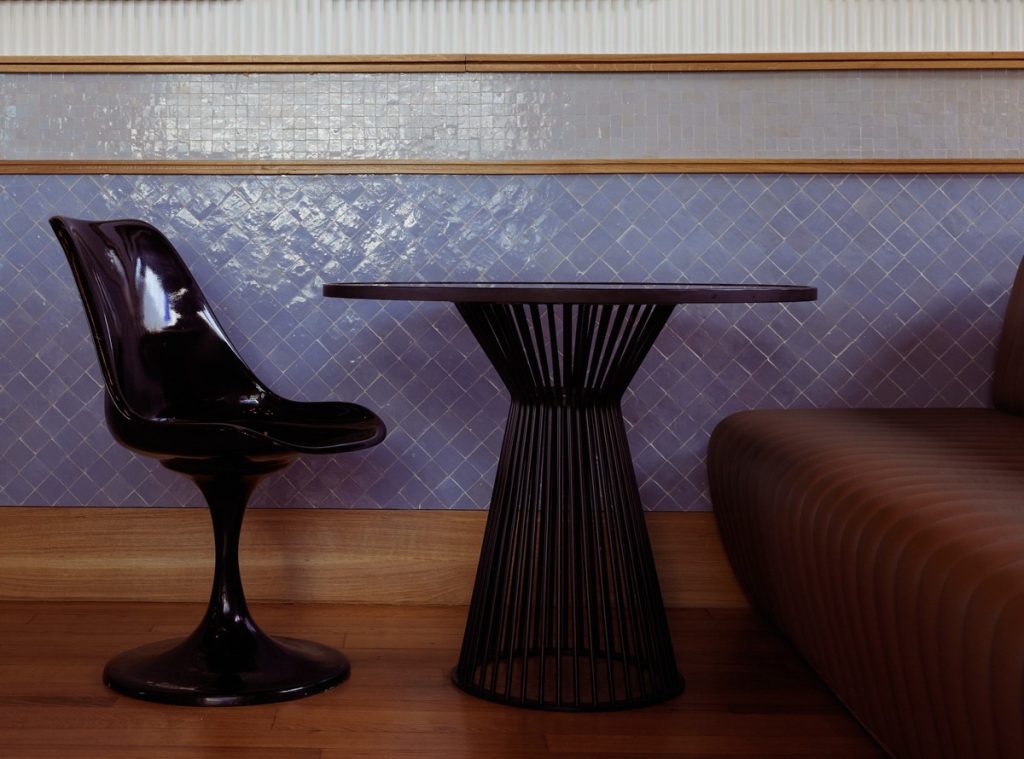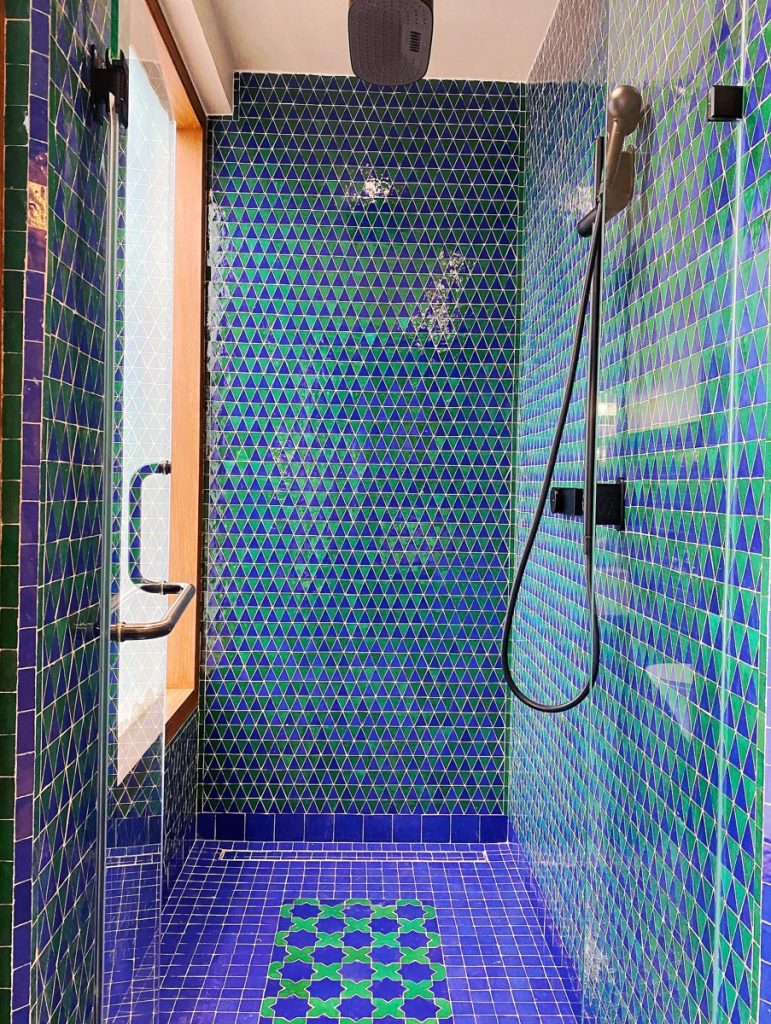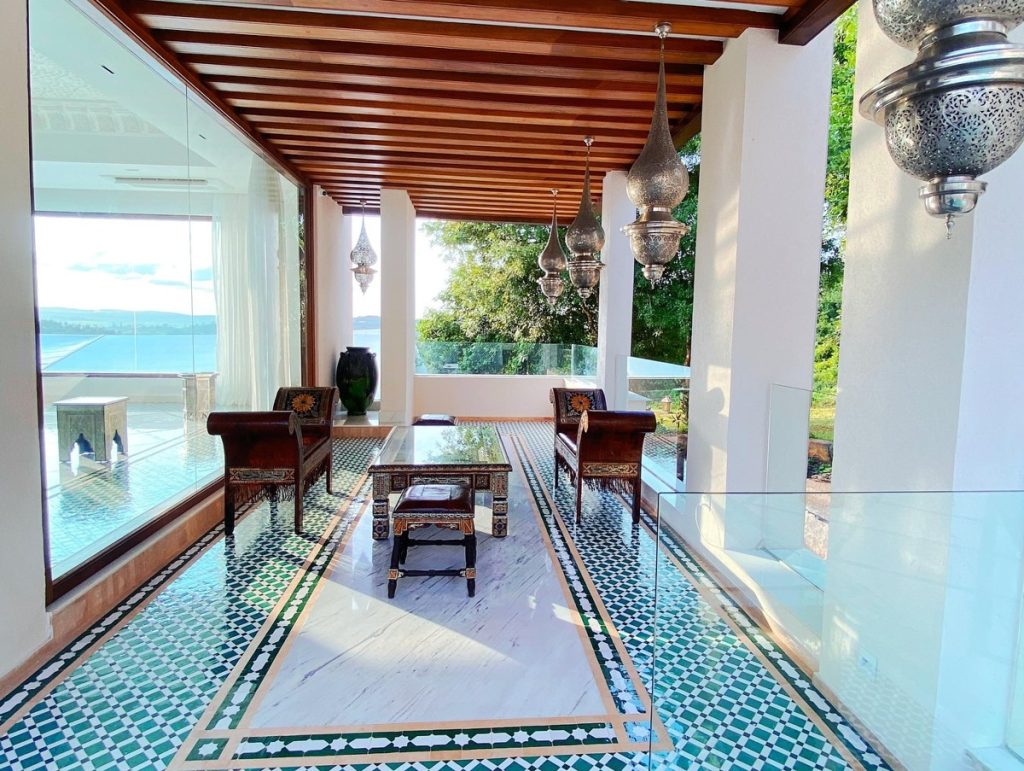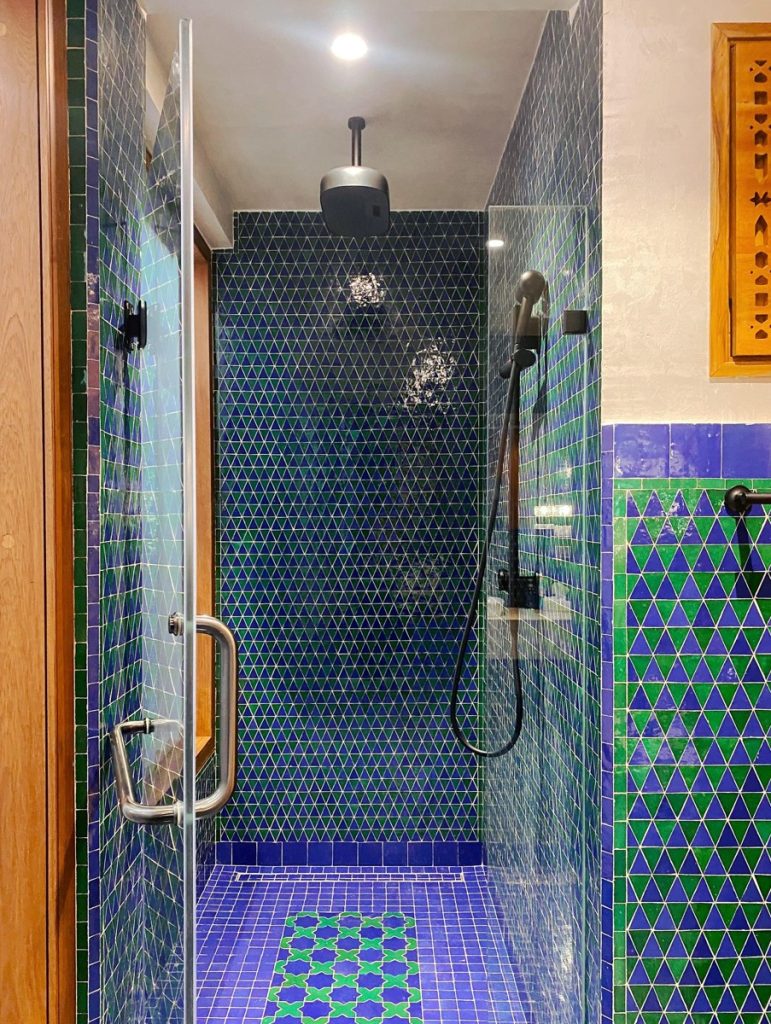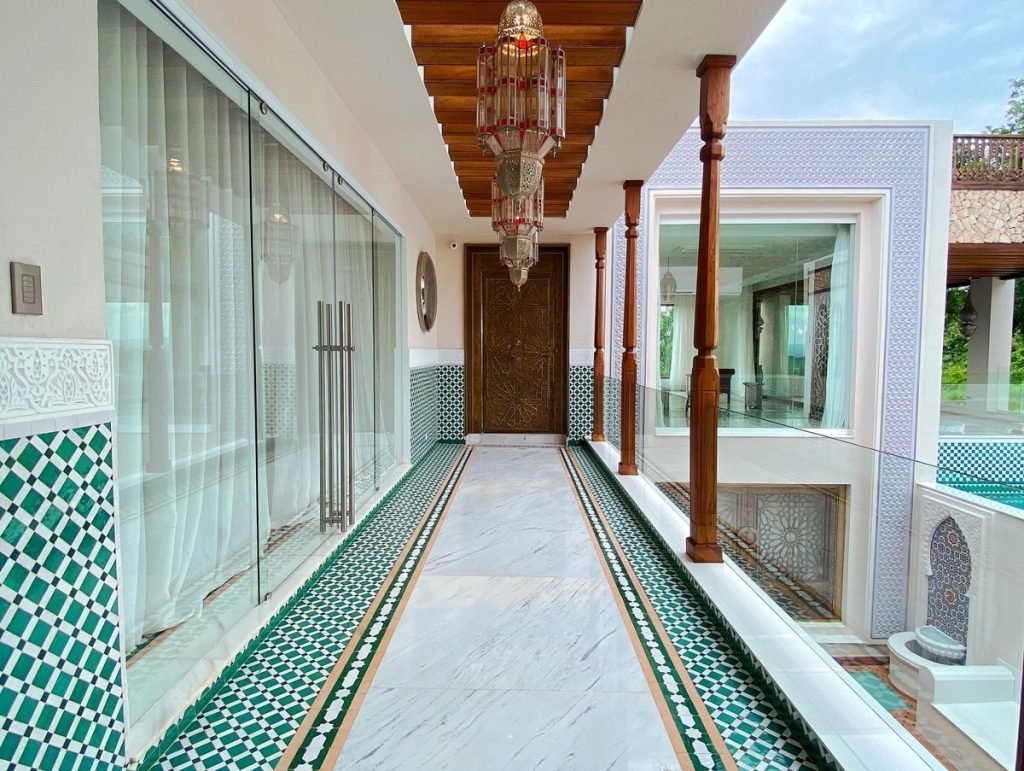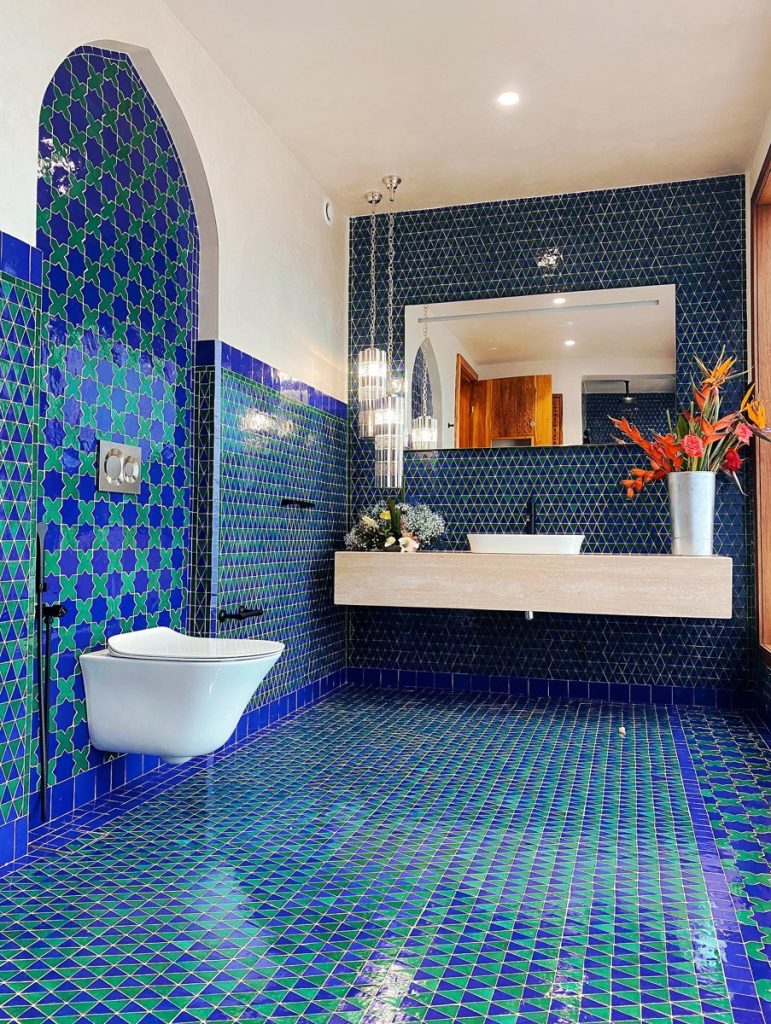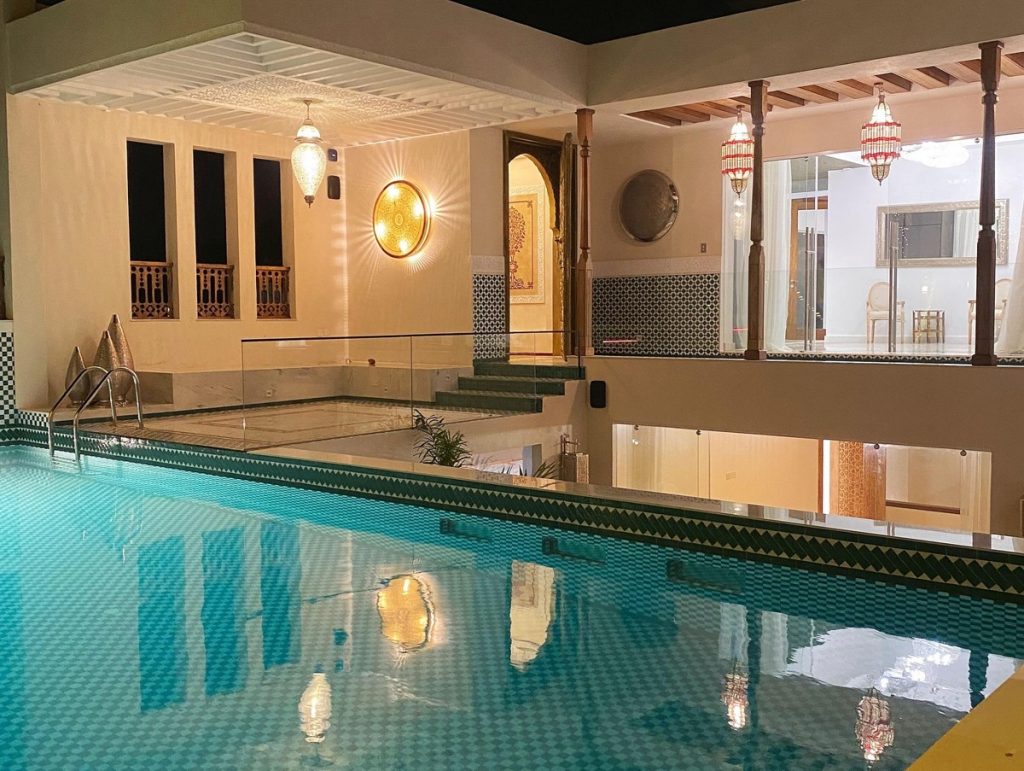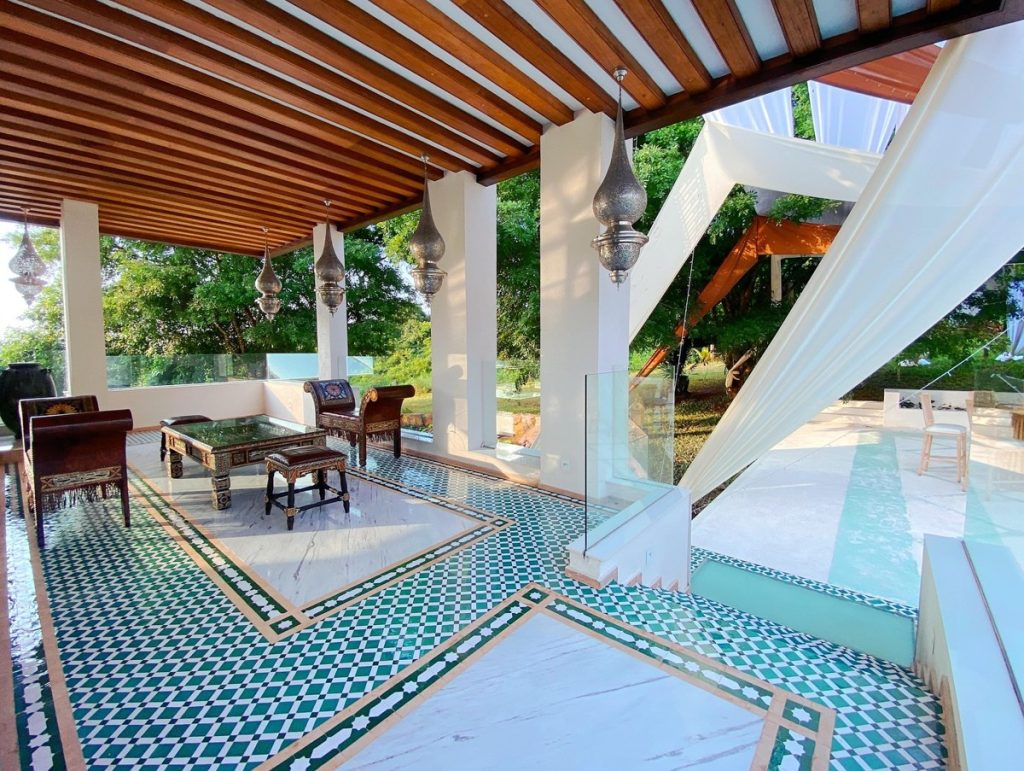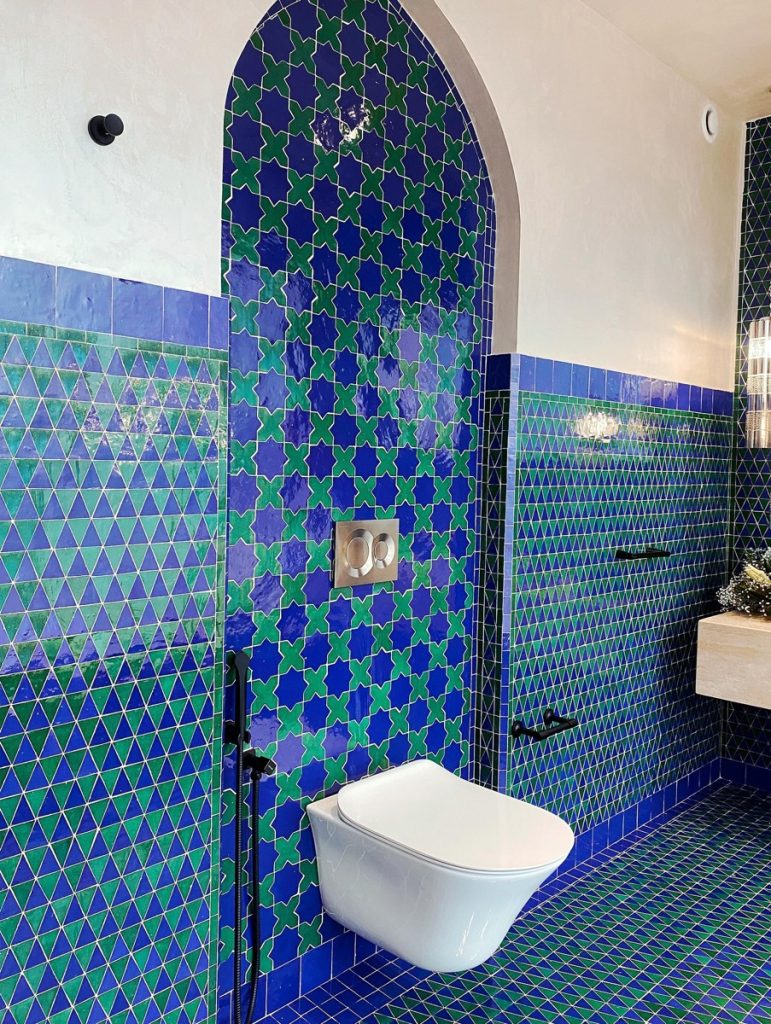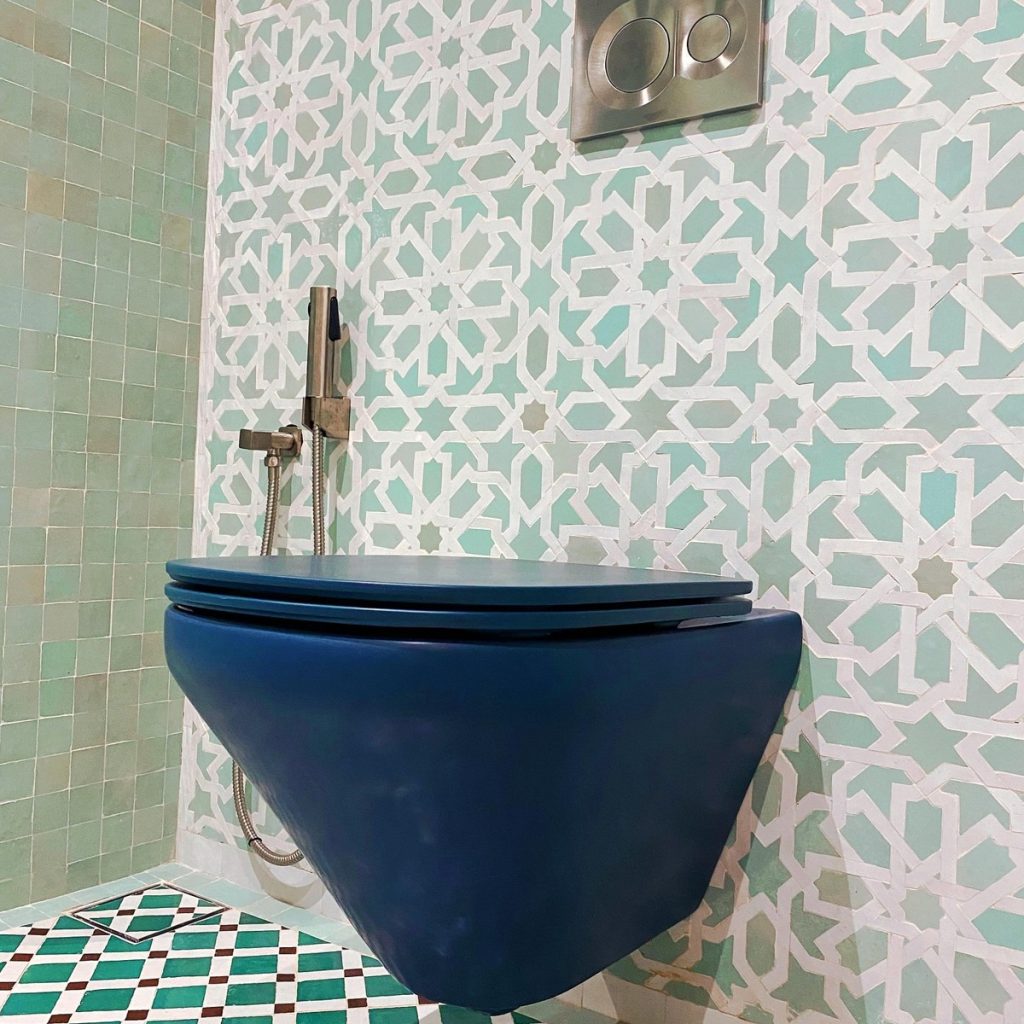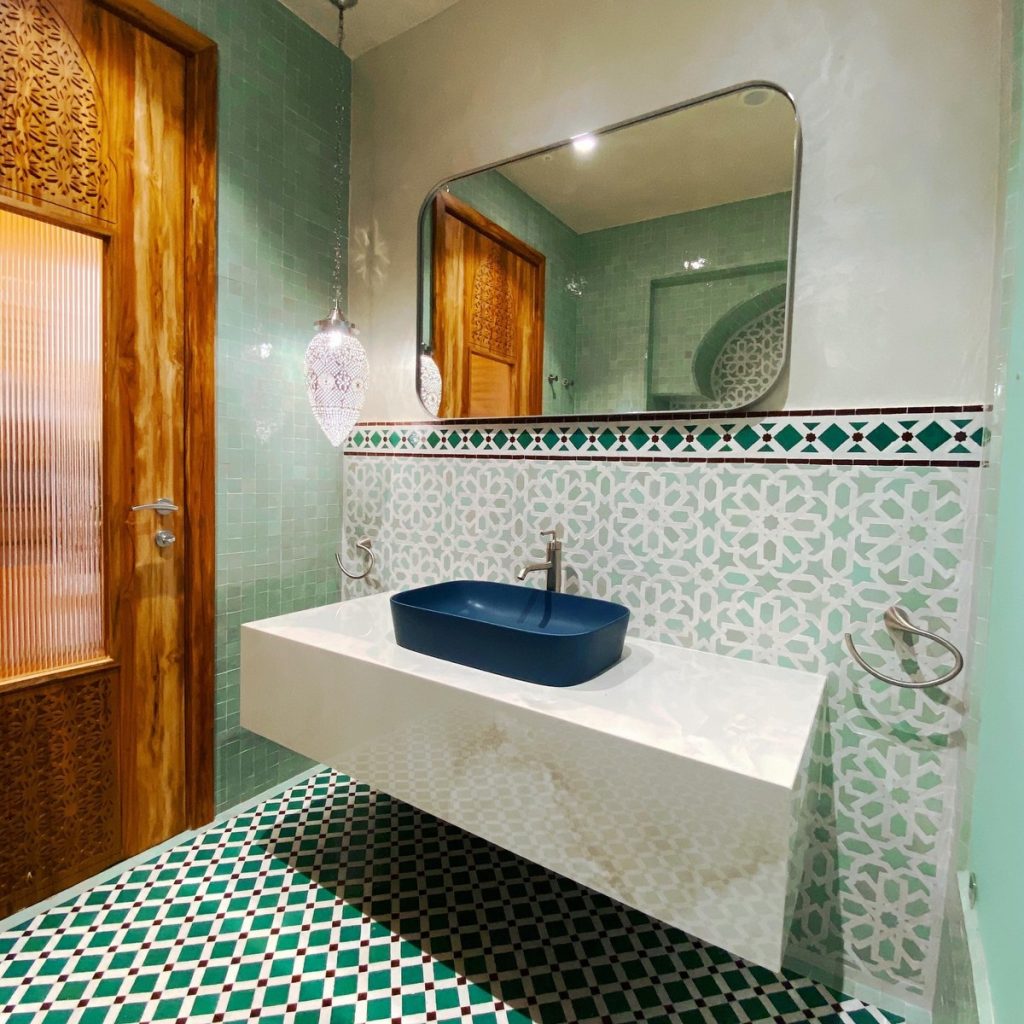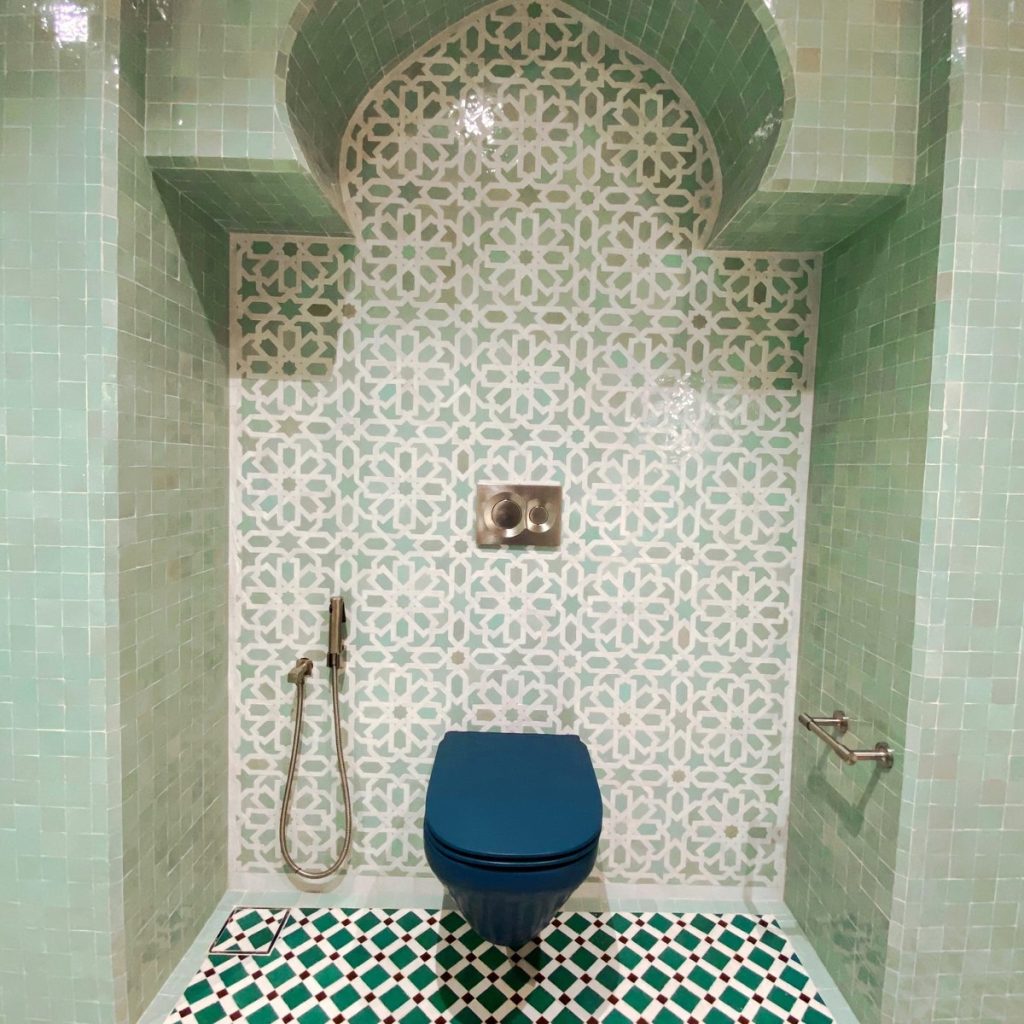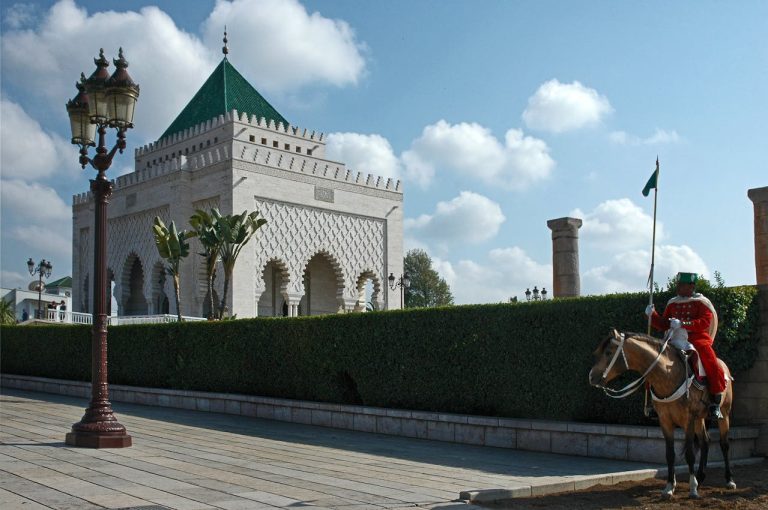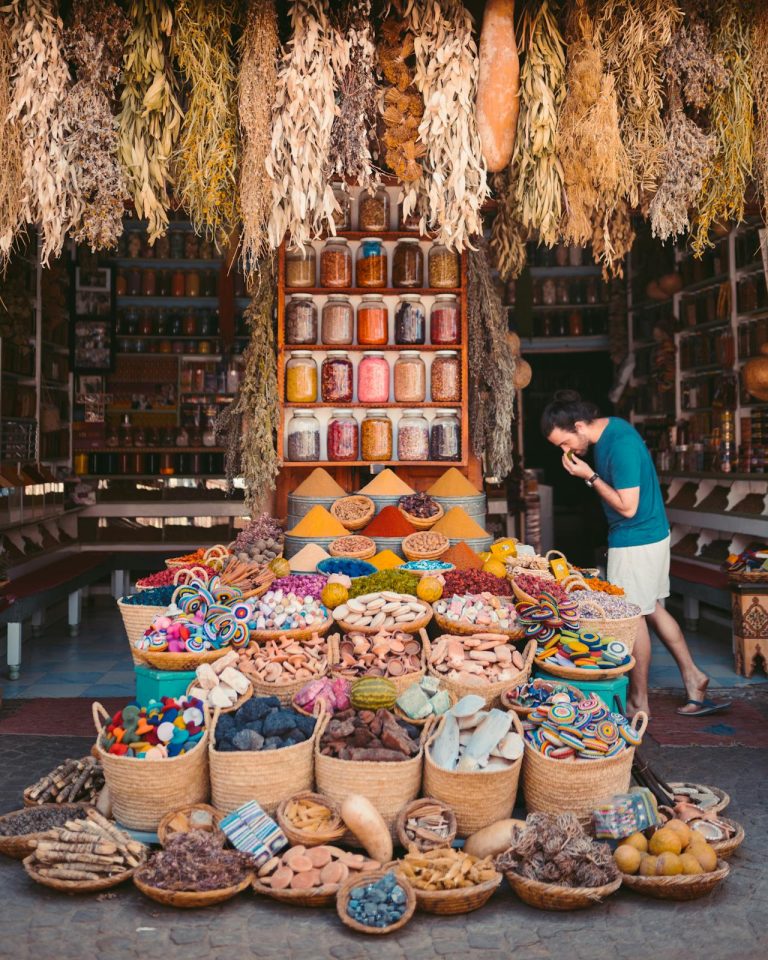Moroccan Tilework (Zellige): Ancient Art That Transforms Spaces
Moroccan tilework (Zellige) catches your eye the moment you step into any traditional riad in the medina—it’s impossible not to stop and stare. I remember the first time I truly understood what Zellige tile meant to our culture. I was maybe seven years old, sitting cross-legged on the cool floor of my grandmother’s courtyard, tracing my fingers along the intricate geometric Zellige tile patterns while she told me stories about the craftsmen who spent months creating each piece by hand. She said something that stuck with me: “These tiles hold the patience of our ancestors.” And honestly? After spending nearly five decades in Morocco and watching these artisans work their magic, I couldn’t agree more.
The thing about Moroccan tilework is that it’s not just decoration—though it’s undeniably stunning. It’s a living tradition that connects modern Morocco to centuries of artistic innovation, mathematical precision, and yes, incredible patience. When tourists ask me where they should go to see “authentic Morocco,” I always tell them: look down at the tiles beneath your feet, and look up at the walls surrounding you. That’s where you’ll find our soul expressed in thousands of hand-cut pieces.
The Living History Behind Zellige
Let me take you back—way back. The history of Zellige begins around the 10th century when Moorish artisans brought their tile-making techniques to Morocco from Al-Andalus (modern-day Spain). But here’s what fascinates me: while the Spanish influence provided the foundation, Moroccan craftsmen transformed it into something entirely their own. They had to, really, because Islamic art traditions discourage representational imagery, so our ancestors channeled their creativity into geometric abstraction instead.
What emerged was this extraordinary mathematical art form where Zellige tile patterns became increasingly complex over centuries. Walking through the Ben Youssef Madrasa in Marrakech (which I do probably twice a month when I’m showing visitors around), I’m still discovering new details in the tilework—and I’ve been going there for forty years! The Moroccan tile artisans of the 14th century created patterns so intricate that modern mathematicians study them to understand principles of symmetry and tessellation.
During the Merenid and Saadian dynasties, Zellige reached its absolute peak. The Saadian Tombs and the Bahia Palace—these weren’t just buildings; they were canvases where master craftsmen competed to create increasingly elaborate designs. My husband’s grandfather was actually a maâlem (master craftsman), and the family still has some of his original pattern drawings. They look like architectural blueprints crossed with complex mathematical equations—because essentially, that’s what they are.
How These Beautiful Tiles Come to Life
Now here’s where it gets really interesting, and where I think handmade Moroccan tile truly earns its reputation. The process of how Zellige tiles are made hasn’t changed much in a thousand years—and there’s good reason for that. I’ve spent countless hours in the workshops of Fes (where the finest Zellige originates), watching artisans work, and every single time I’m humbled by the skill involved.
It starts with clay. Not just any clay, but specific earth from the Fes region that has just the right composition. The clay gets mixed with water, kneaded (sometimes by foot, sometimes by hand), then shaped into tiles and left to dry in the sun. Already you can see this isn’t factory production—the weather literally affects the timeline. I once waited three extra days for a tile order because unexpected rain interrupted the drying process.
Then comes the first firing in traditional kilns that can reach temperatures around 1000 degrees Celsius. After cooling, artisans apply the glaze—and this is where that famous Zellige color palette comes in. Traditional colors include deep cobalt blues, emerald greens, warm terracotta oranges, sunshine yellows, pristine whites, and that distinctive Moroccan black. Each workshop guards its glaze recipes like family secrets, though I’ve convinced a few artisans to share their general techniques over mint tea and lengthy conversations.
The second firing fixes the glaze, creating that characteristic glossy finish that catches light so beautifully. But here’s the part that always makes visitors gasp when I show them: after all this preparation, the real artistry begins. Using a small hammer and a sharp blade (tools virtually unchanged since medieval times), craftsmen hand-cut each tile into specific shapes—triangles, squares, diamonds, stars, and irregular polygons. And I mean each tile. Individually. By hand.
A skilled craftsman might cut 400-500 pieces in a day, but creating a single square meter of finished Zellige requires approximately 80-100 hours of work when you count everything. That’s why authentic pieces cost what they do, and why (I’ll be honest here) I get a bit protective when I see cheap imitations marketed as “real Zellige.”
Decoding the Patterns and Designs
Moroccan tile designs follow geometric principles that seem almost hypnotic once you understand them. The most common motifs include eight-pointed stars (representing the heavens), interlocking geometric shapes that could theoretically extend infinitely (symbolizing the infinite nature of creation), and complex border patterns that frame central compositions.
What I love explaining to design-minded visitors is how traditional Moroccan mosaic art uses color strategically. It’s never random. Dark blues and blacks often create outlines and depth. Whites and lighter colors provide breathing room and highlight key geometric intersections. Greens and terracottas fill larger areas while maintaining visual balance.
In traditional riads, different rooms feature different pattern complexities. The most elaborate Zellige tile patterns appear in formal reception areas—these are statement pieces meant to impress guests and demonstrate the owner’s wealth and taste. Family living areas might feature simpler, more restful patterns. Bathrooms and kitchens (yes, even centuries ago) utilized Zellige because our ancestors understood what modern designers are rediscovering: these tiles are incredibly practical.
Bringing Zellige into Your Home
Let’s talk about actually using these tiles, because I get questions about this constantly. Moroccan kitchen tiles have become increasingly popular internationally, and for good reason—they’re gorgeous and surprisingly functional. That glazed surface resists staining better than many people expect, though I always recommend sealing them properly (something many DIY installers skip, then regret).
For Zellige bathroom tiles, I’m completely biased—I think there’s nothing more beautiful than a traditional Moroccan hammam-style bathroom with Zellige covering the walls. The tiles handle moisture beautifully (they’ve been used in bathrooms for literally a thousand years), and that glossy finish is easy to keep clean. My own bathroom features a mix of deep blue, white, and terracotta in a traditional star pattern, and honestly, taking a bath there feels like a spa experience every time.
Outdoor Zellige tile is where you need to be a bit careful. Traditional Zellige is absolutely durable—you see centuries-old examples still intact in courtyards across Morocco. However, the Zellige tile durability in harsh freeze-thaw climates isn’t guaranteed because the tiles weren’t originally designed for those conditions. In Morocco, our winters are mild, so traditional Zellige performs beautifully outdoors. If you live somewhere with harsh winters, have a serious conversation with your supplier about whether the tiles are appropriate, or consider using them in covered outdoor areas.
Now, Zellige vs. cement tile—this is a debate I encounter frequently. Cement tiles (like you see in many Portuguese and Spanish designs) are thicker, often more durable for heavy-traffic floors, and generally less expensive. But they lack that hand-cut irregularity and that distinctive glaze that makes Zellige so special. I tell people to think about what matters more: perfect uniformity or artisanal character. Cement tiles are beautiful in their own right, but they’re not Zellige. It’s like comparing machine-made pottery to hand-thrown ceramics—both have their place, but they’re fundamentally different products.
For Moroccan tile home decor, you don’t need to cover entire walls (though you certainly can). Some of my favorite contemporary applications include Zellige behind kitchen stoves as a stunning backsplash (heat-resistant and easy to clean), small accent areas in entryways that establish the design tone immediately, bathroom niches or shower walls where the reflective quality amplifies light, outdoor fountain surrounds (an absolutely classic Moroccan application), and even individual tiles used as decorative trivets or wall art.
Moroccan tile designs for bathrooms specifically benefit from Zellige’s water-resistant properties and light-reflecting qualities. I’ve seen everything from full hammam-style rooms covered floor-to-ceiling to subtle accent strips that add just a touch of Moroccan character. The key is considering your overall design vision—Zellige is bold and will dominate whatever space you put it in, so make sure that’s actually what you want.
Working with Authentic Artisans
When I take groups to visit Moroccan tile artisans in Fes (which I do several times a year), the most common reaction is stunned silence followed by rapid-fire questions. Watching a maâlem cut tiles—the way he turns each piece, examines the glaze, adjusts his angle, and makes that precise cut—it’s genuinely mesmerizing. These craftsmen typically apprentice for 7-10 years before they’re considered fully qualified. And you can tell the difference in the finished work.
My friend Mohammed (third-generation tile-maker, absolutely brilliant) once told me something I’ll never forget: “The tiles know when you’re impatient. They’ll crack to teach you humility.” He was half-joking but also completely serious. There’s a meditative quality to traditional Zellige work that you can actually see in the finished product. Rushed tiles look rushed. Carefully crafted tiles possess a presence that’s hard to describe but impossible to miss.
If you’re sourcing Zellige internationally, please, please ask questions about origin and production methods. The market is flooded with machine-made tiles marketed as “Moroccan-inspired” or even (misleadingly) as “Zellige.” Real handmade Moroccan tile will have slight irregularities in size, small variations in glaze intensity, and that distinctive hand-cut edge that’s slightly rough, not perfectly smooth. These “imperfections” are actually markers of authenticity—they’re what make each installation unique.
I also always recommend working with suppliers who can connect you directly with Moroccan workshops or who source transparently. The best suppliers visit the artisans regularly, understand the production process, and can tell you specific details about where and how your tiles were made. If someone can’t answer basic questions about origin, be skeptical.
Design Considerations and Practical Tips
Let me share some hard-won wisdom from both personal experience and from watching countless renovation projects (both successful and… less successful). First, Zellige color palette selection matters more than most people realize. Those colors will dominate your space, so test large samples in your actual lighting conditions. Moroccan sunlight is very different from northern European or North American light, and colors that look perfect in a Marrakech showroom might read completely differently in your home.
Second, installation is specialized work. I’ve seen beautiful Zellige ruined by installers who treated it like standard ceramic tile. The irregular sizes mean you need someone experienced with traditional tile setting, someone who understands that the variation is intentional and how to work with it rather than against it. In Morocco, laying Zellige is its own specialized skill—it’s not uncommon for the cutting artisan and the laying artisan to be different people with different apprenticeships.
Third, maintenance is remarkably straightforward but requires understanding. These tiles are glazed, which means they’re relatively stain-resistant, but they’re not indestructible. Use pH-neutral cleaners, avoid anything too acidic, and reseal periodically if they’re in wet areas. My riad’s central courtyard features Zellige that’s over 200 years old, and it’s still beautiful because successive generations cleaned it properly. That terracotta-and-blue pattern has witnessed two centuries of Moroccan history and still looks stunning when the afternoon sun hits it.
The Contemporary Zellige Renaissance
Something wonderful has been happening over the past decade or so. While traditional Zellige remained strong in Morocco (we never stopped using it), there’s been this incredible international renaissance. Designers in Paris, London, Los Angeles, Dubai—everywhere really—have rediscovered Moroccan tile designs and are incorporating them into contemporary spaces in innovative ways.
What excites me most is that this isn’t just trend-following. Modern designers are actually respecting the craft, working with authentic artisans, and creating installations that honor Zellige’s heritage while exploring new applications. I’ve seen Zellige used in minimalist Scandinavian interiors where it provides unexpected warmth, in industrial loft spaces where it softens all that concrete and steel, and in ultra-modern bathrooms where it introduces handcrafted authenticity.
Young Moroccan designers are also pushing boundaries, experimenting with new color combinations (though still using traditional production methods) and creating patterns that reference traditional motifs but arrange them in contemporary ways. It’s this beautiful conversation between past and present, and honestly, it makes me optimistic about Zellige’s future.
The challenge—and I’ll be direct about this—is keeping the craft alive as fewer young people enter these traditional apprenticeships. It’s hard, exacting work that requires years of training for relatively modest financial rewards. Organizations are working to support artisans and promote traditional crafts, but it requires conscious consumer choices too. When you choose authentic handmade Moroccan tile over cheaper imitations, you’re directly supporting these craftsmen and helping preserve this extraordinary tradition.
Questions Travelers Always Ask Me
People are curious about Zellige—deeply curious—and I’ve noticed certain questions come up repeatedly.
Final Thoughts from My Courtyard
I’m writing this from my own courtyard, actually, where afternoon light is hitting the Zellige fountain surround in that particular way that makes the blues look almost liquid. This fountain dates to when the riad was built in the 1800s, and I think about the craftsman who created these tiles—I wonder what he’d think knowing they’re still here, still beautiful, still doing their job nearly two centuries later.
That’s really what Moroccan tilework (Zellige) represents: permanence in an increasingly disposable world. It’s patience in an age of instant gratification. It’s human skill and artistry in an era of mass production. Every time I see Zellige in a home—whether that’s a traditional riad in Fes or a contemporary apartment in Copenhagen—I see a small victory for craft, beauty, and cultural preservation.
If you’re considering incorporating Zellige into your space, my advice is simple: do it thoughtfully. Understand what you’re bringing into your home—not just decorative tiles, but pieces of living Moroccan heritage. Work with authentic sources, support real artisans, and give these extraordinary tiles the respect they deserve through proper installation and care.
And if you ever find yourself in Morocco (which I hope you do), visit a Zellige workshop. Watch the artisans work. Hear the tap-tap-tap of hammer on blade. Smell the earthy clay and glaze minerals. Feel the smooth glaze and rough-cut edges. You’ll understand immediately why this craft has survived a millennium and why it deserves to continue for a thousand years more.
The magic isn’t just in the patterns that are already there; they are definitely magical. It’s in the hands of people who make them, piece by piece, keeping a tradition alive that links us to our ancestors and makes things beautiful for the future. That’s what makes Zellige art.
References:
Moroccan Ministry of Tourism – Traditional Crafts Preservation Program
“Islamic Geometric Patterns” by Eric Broug (Thames & Hudson, 2013)
Fes Zellige Artisans Cooperative – Historical Documentation

